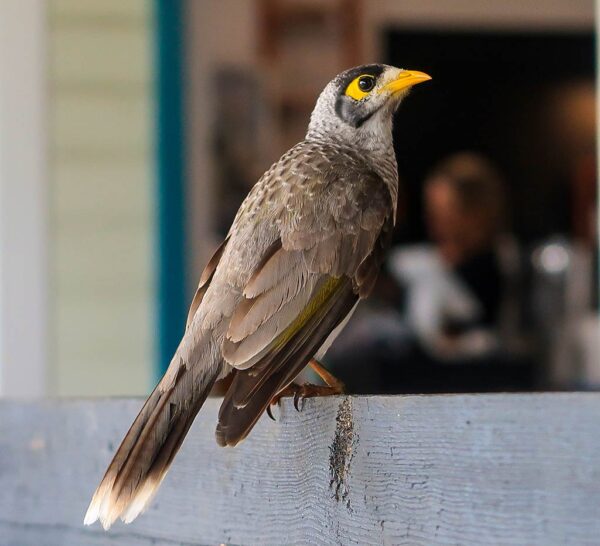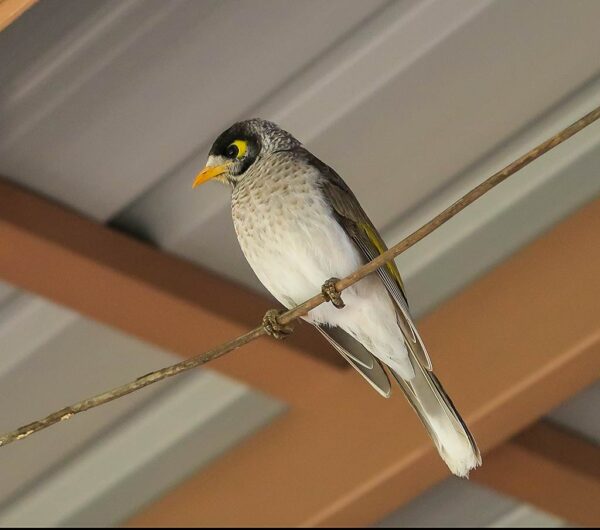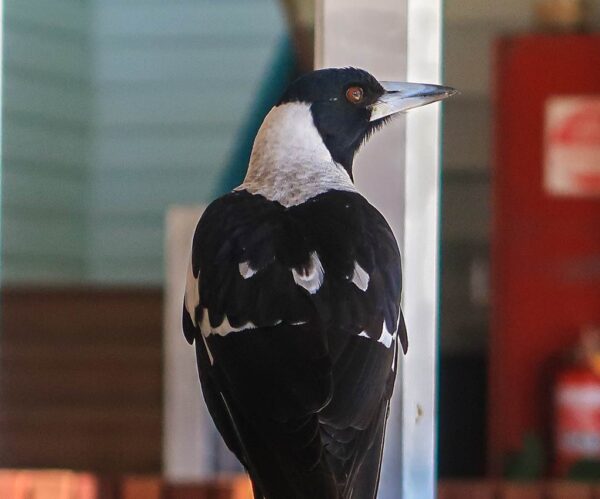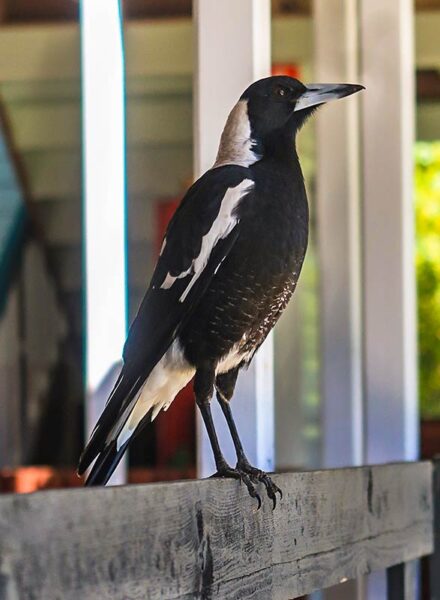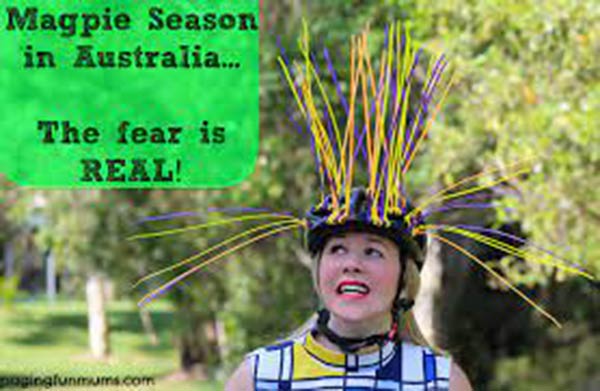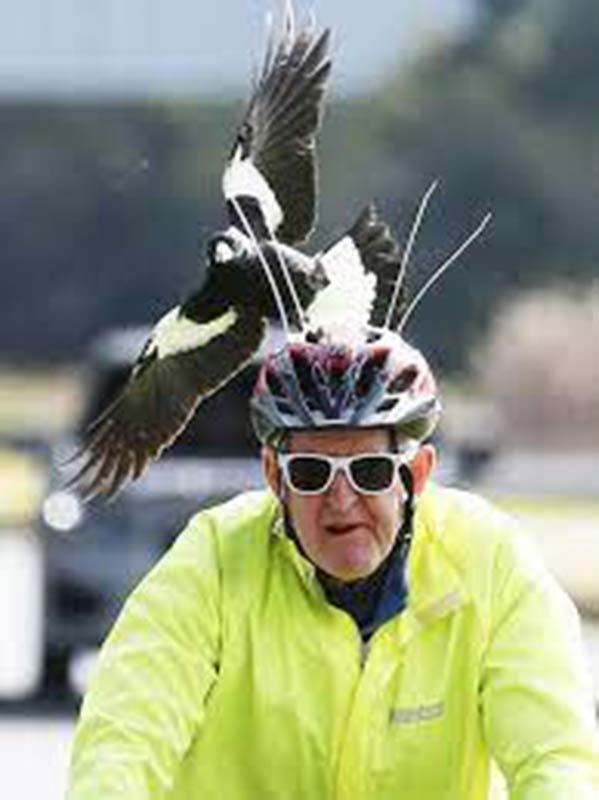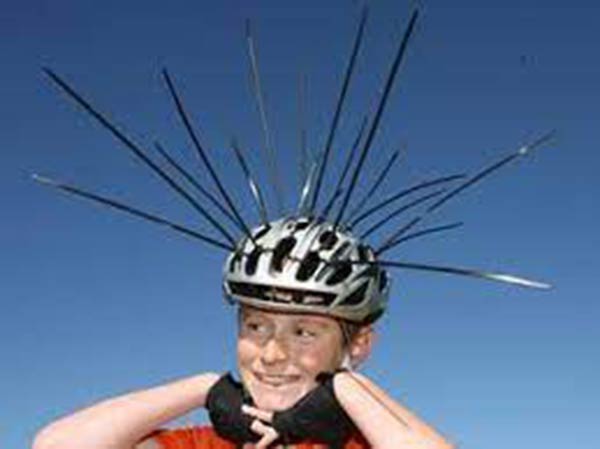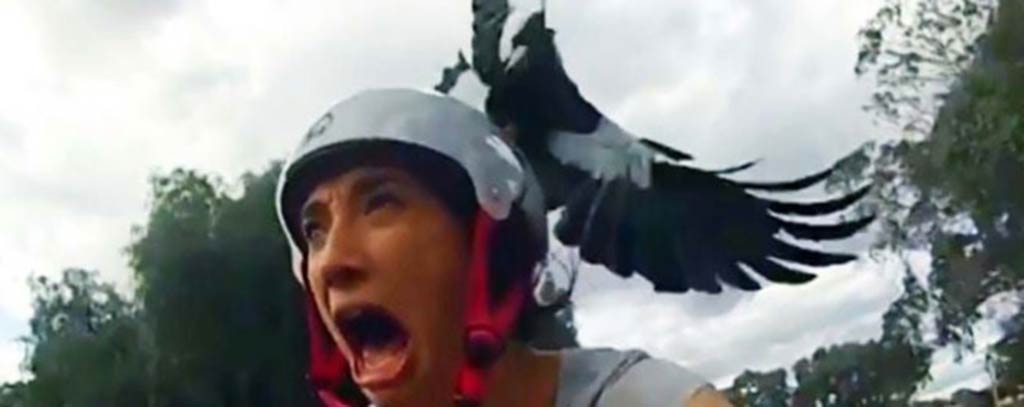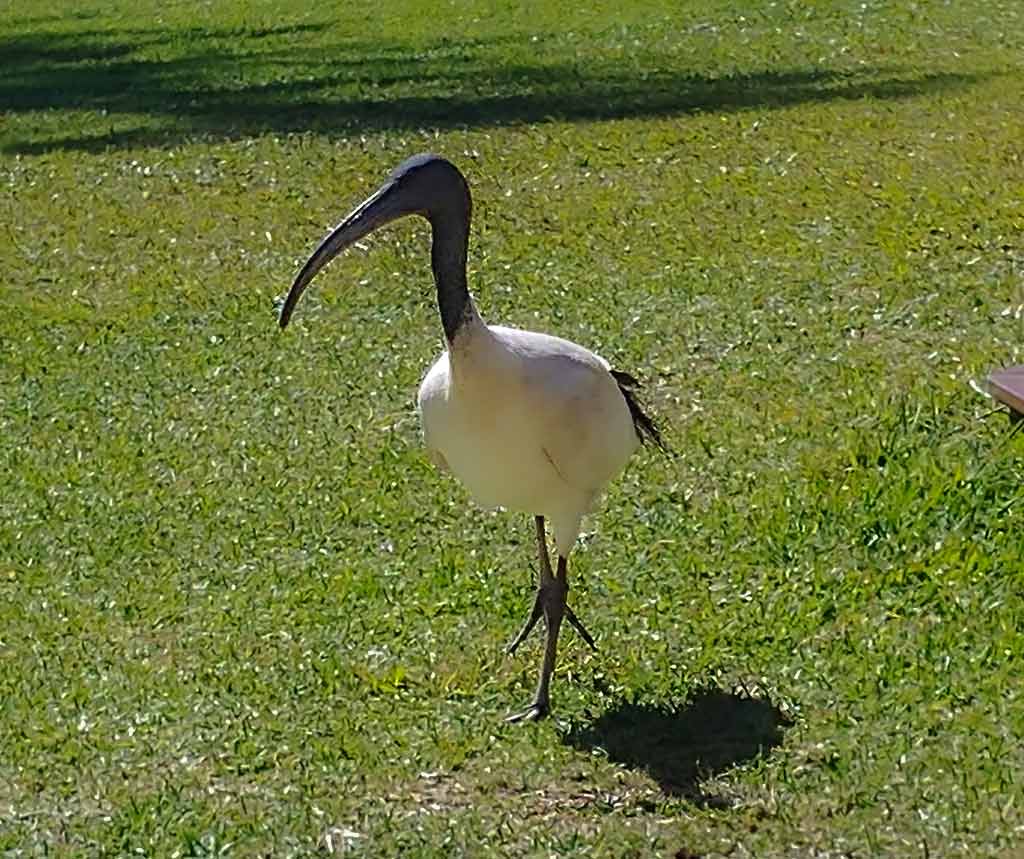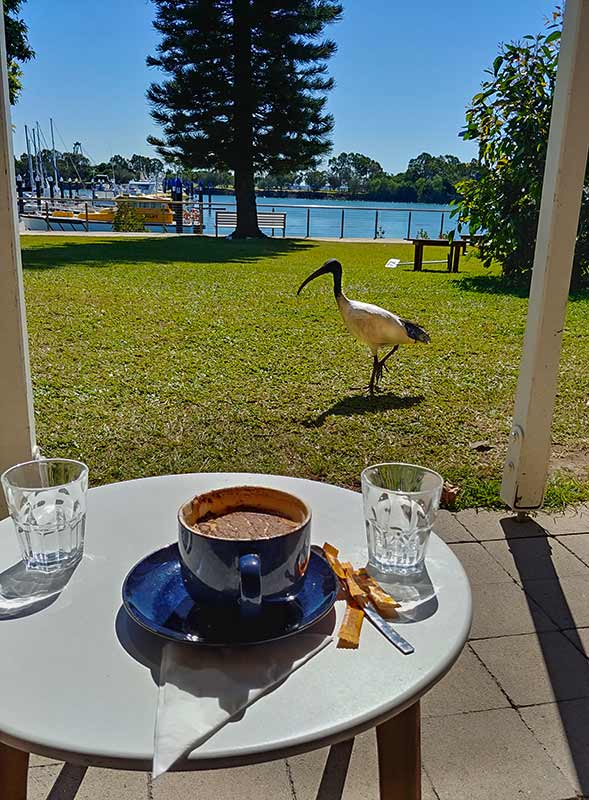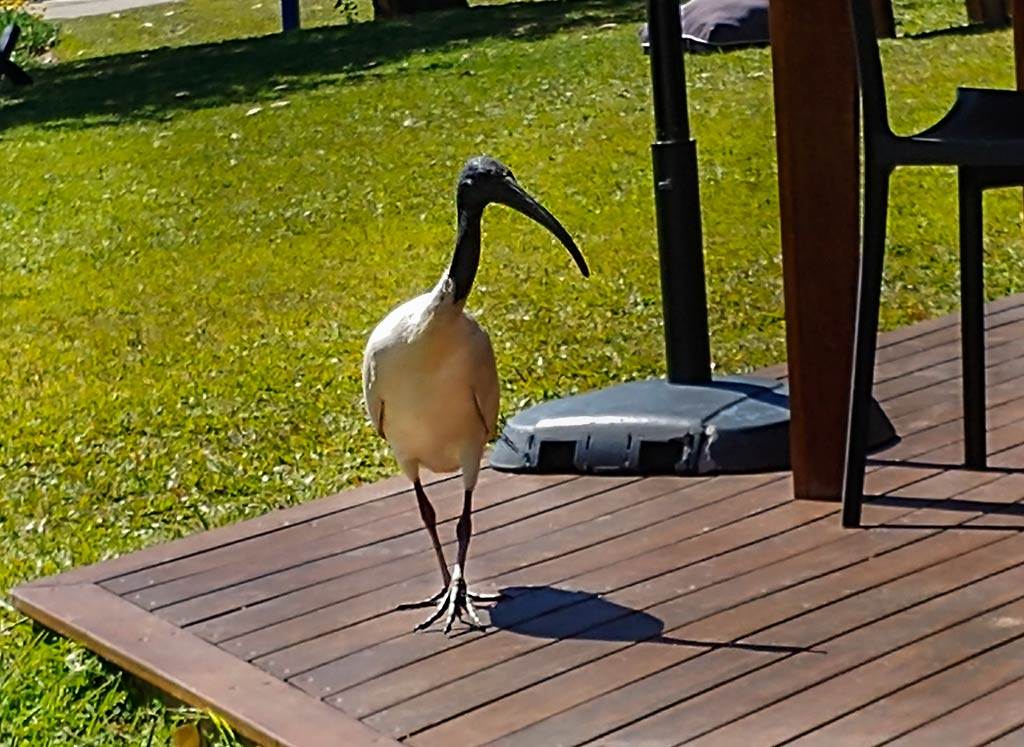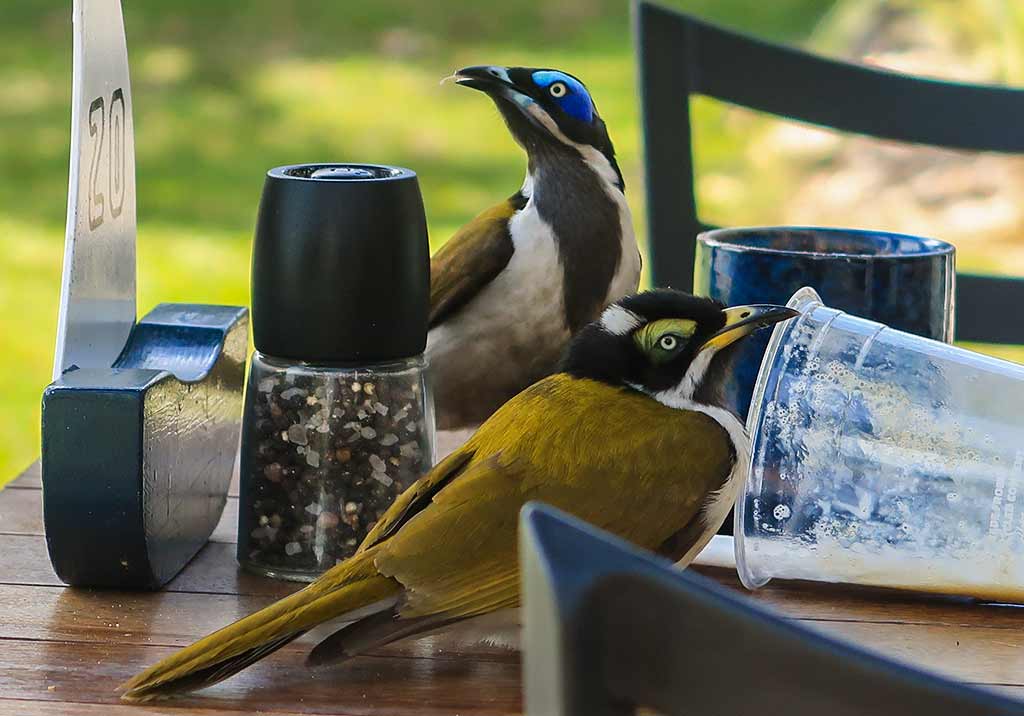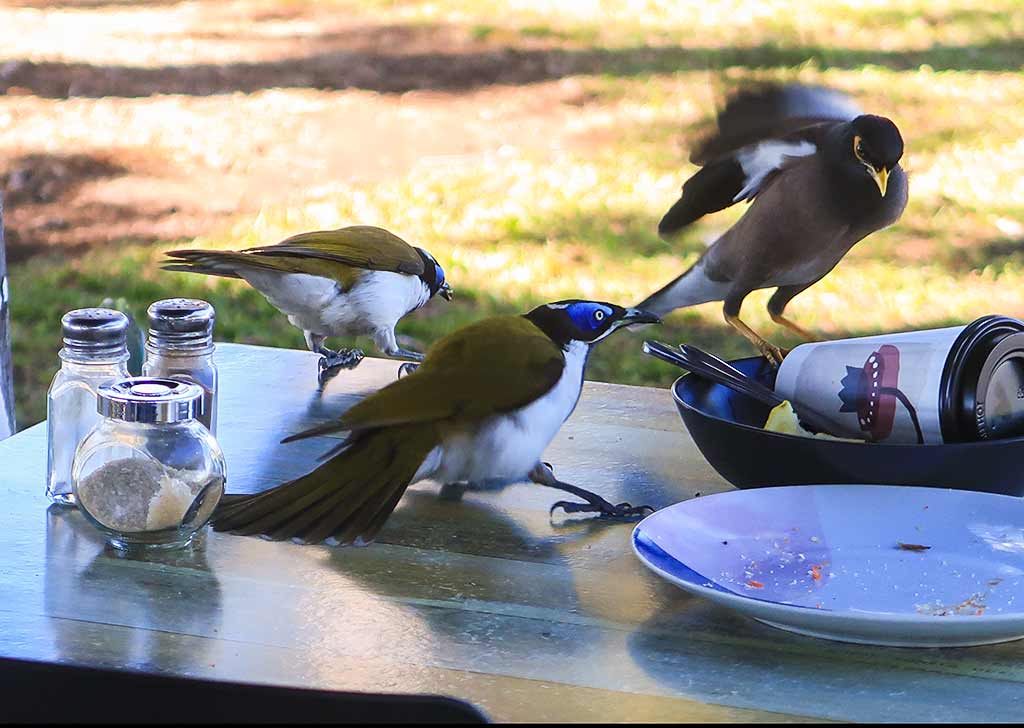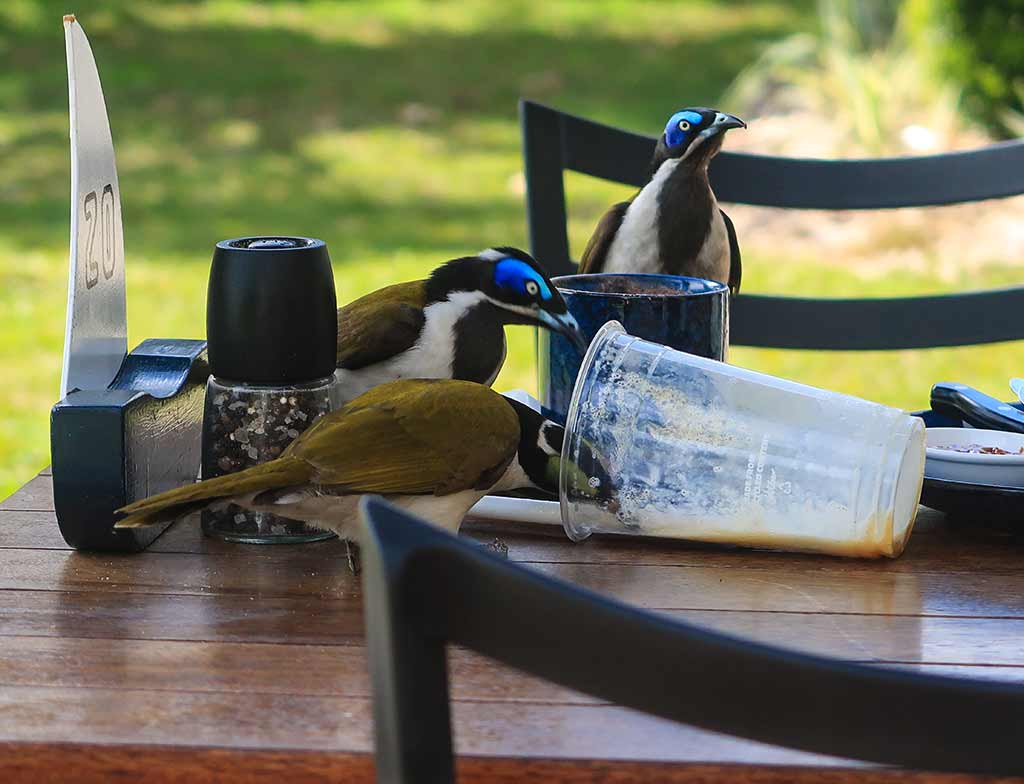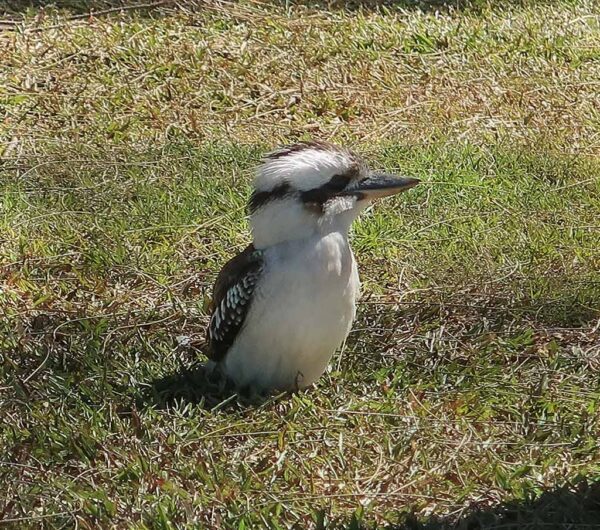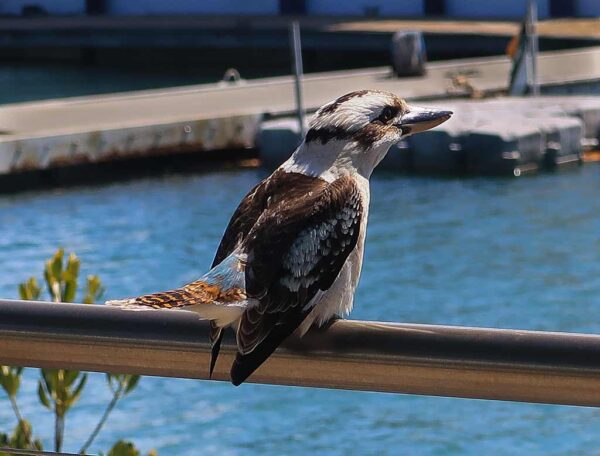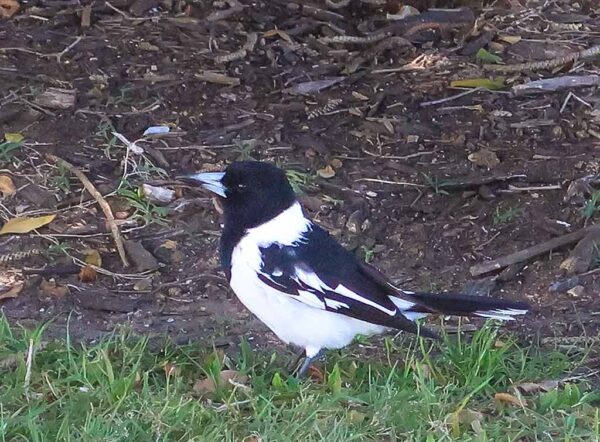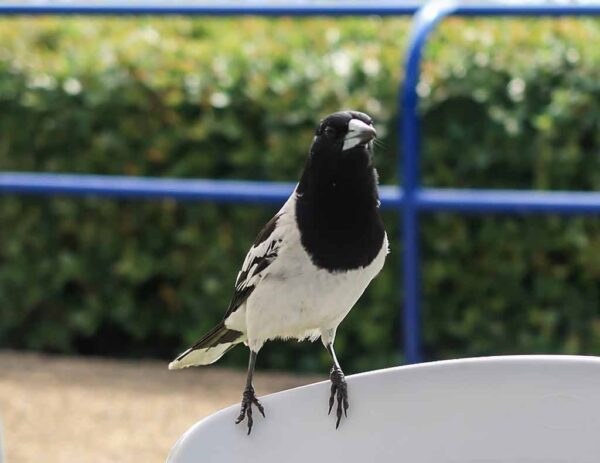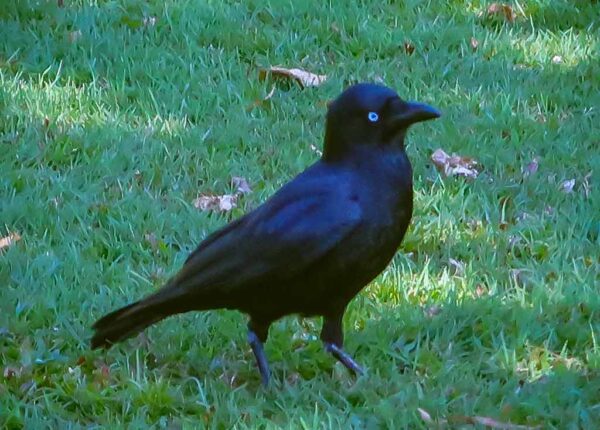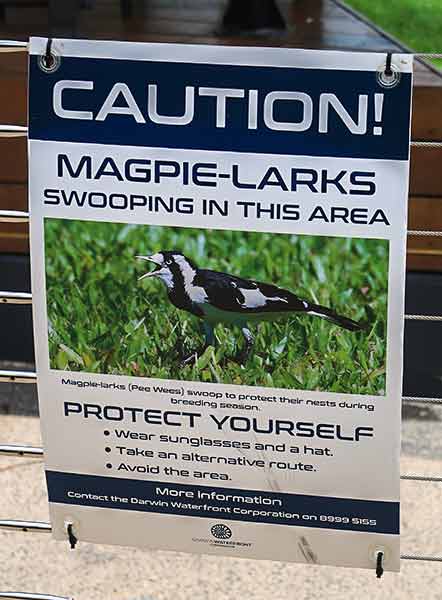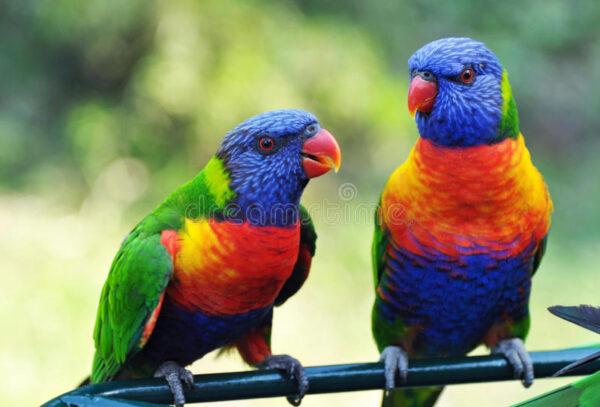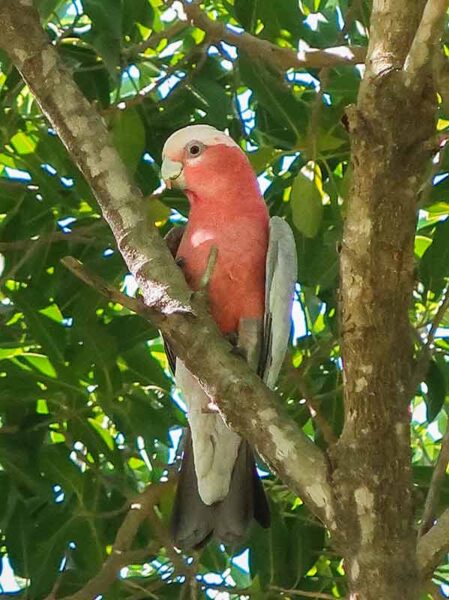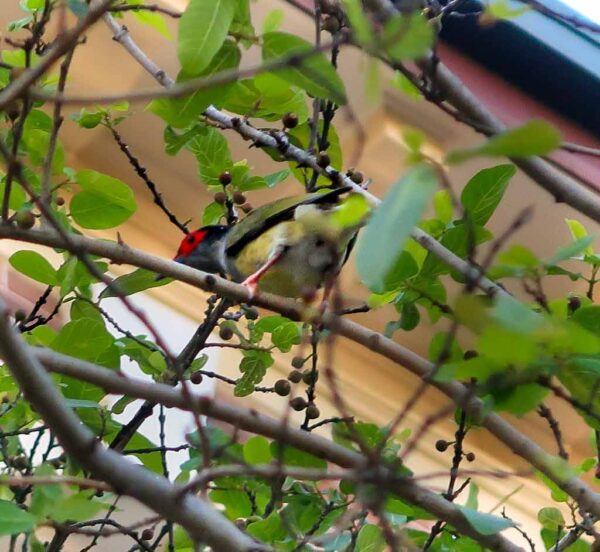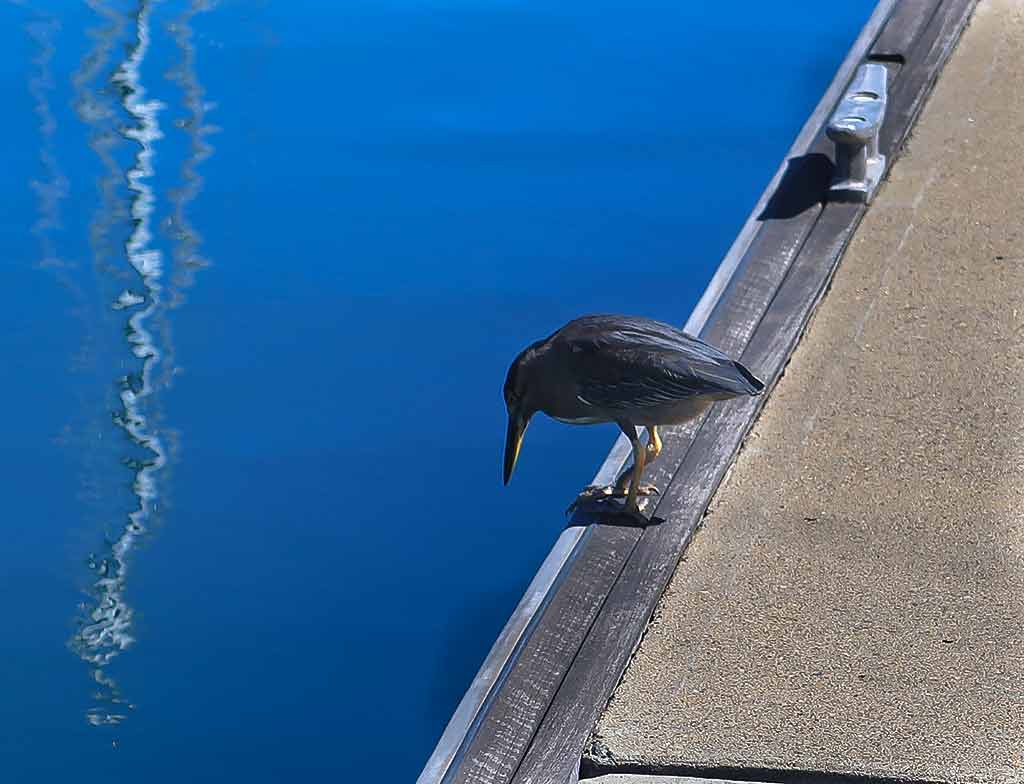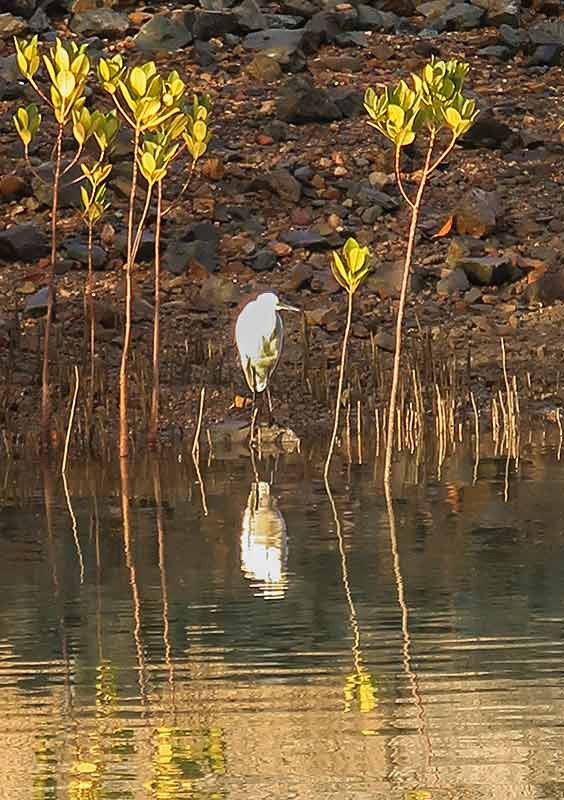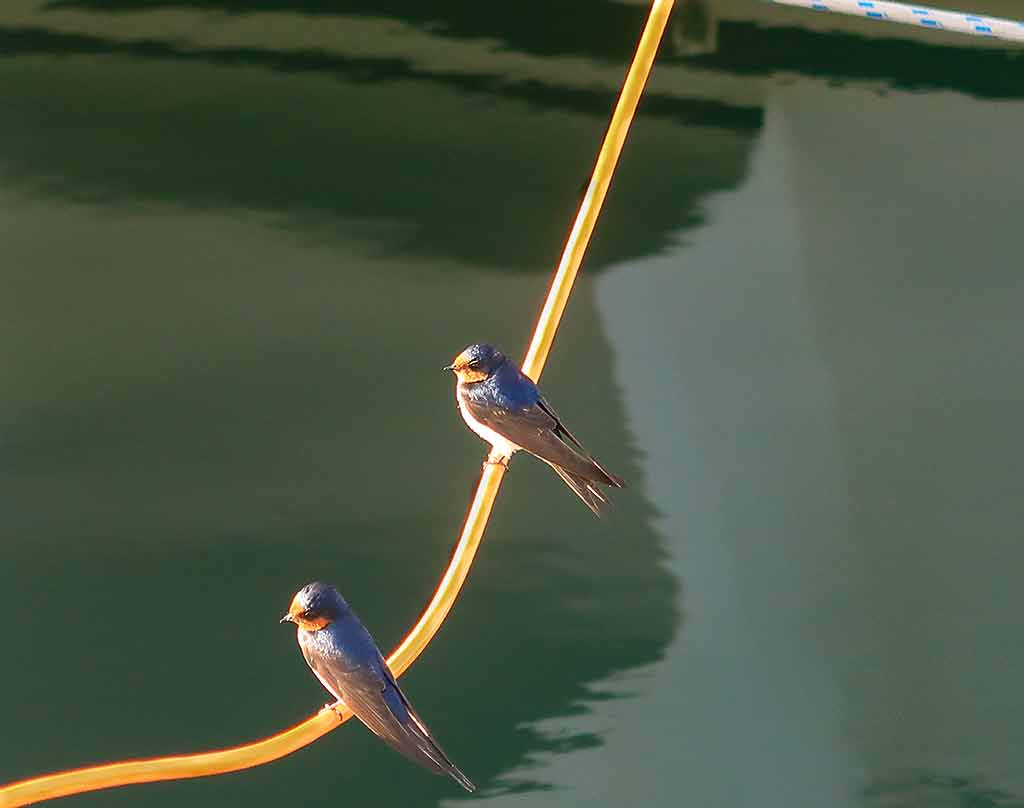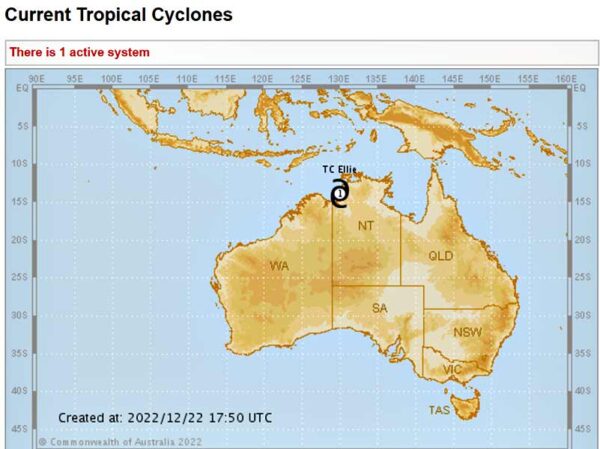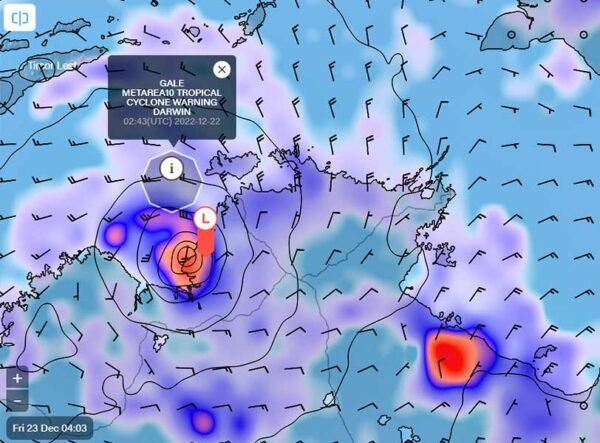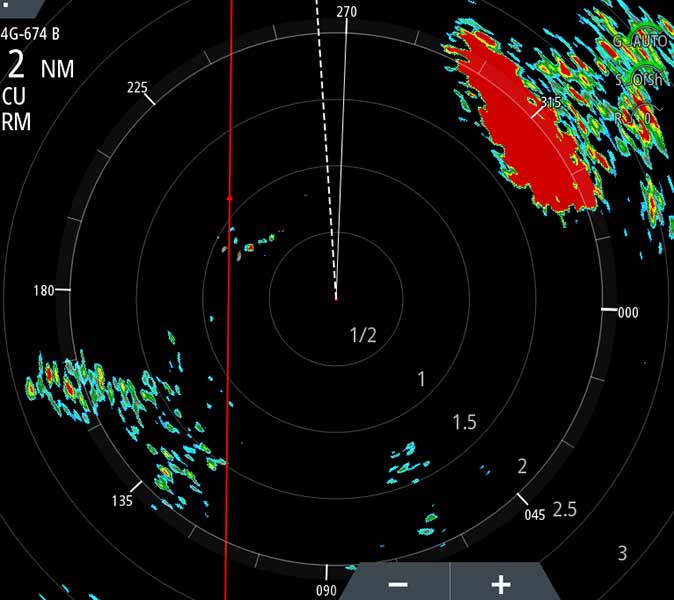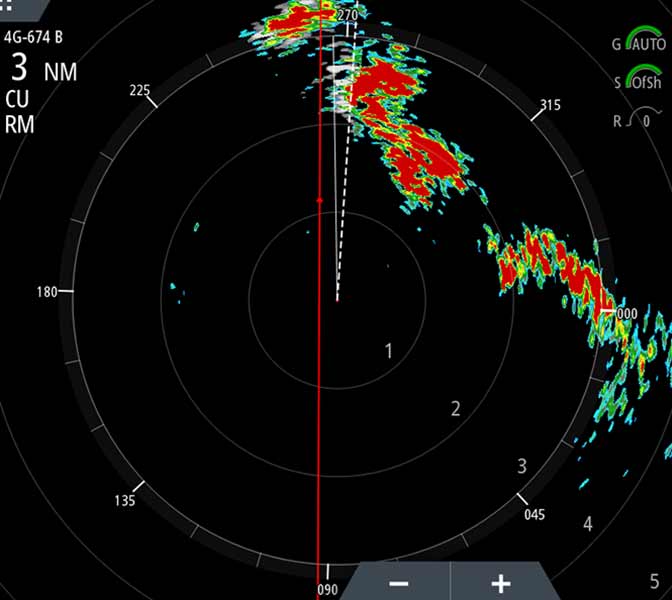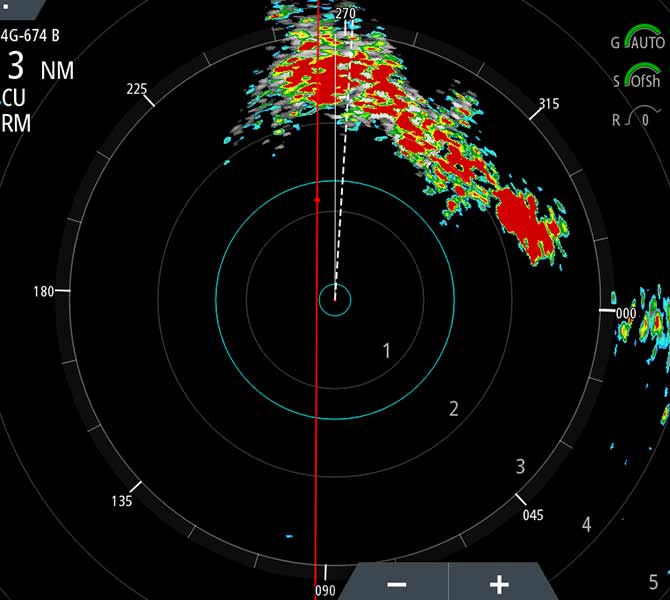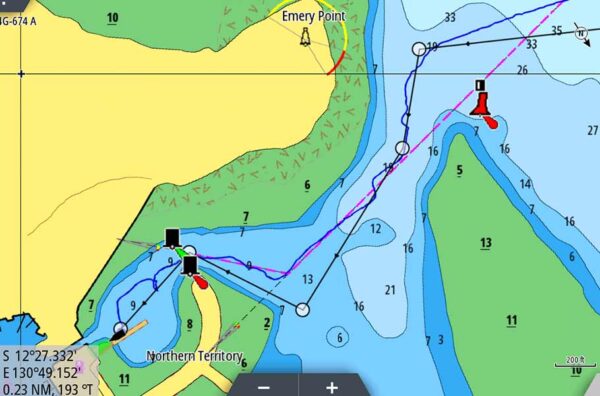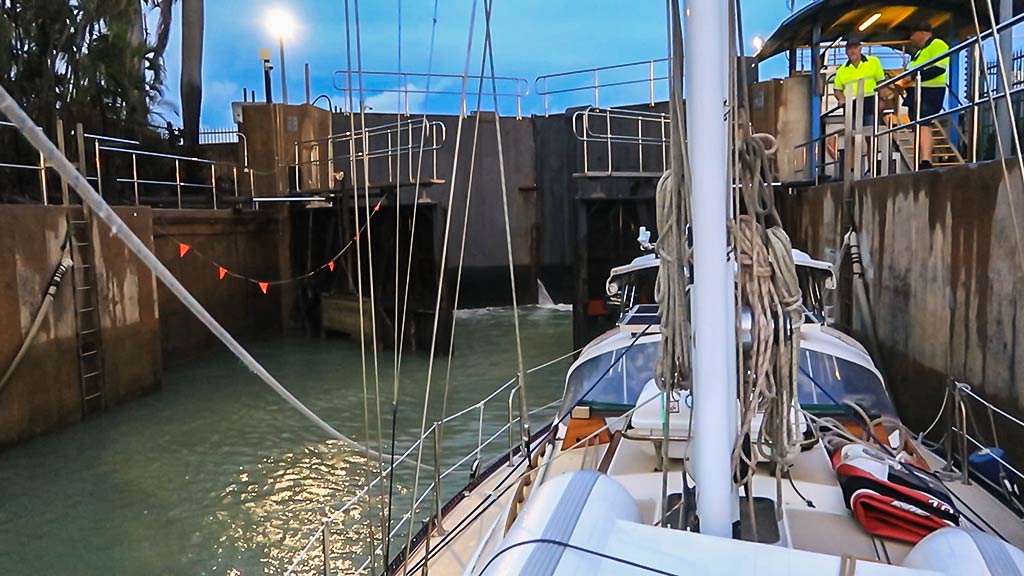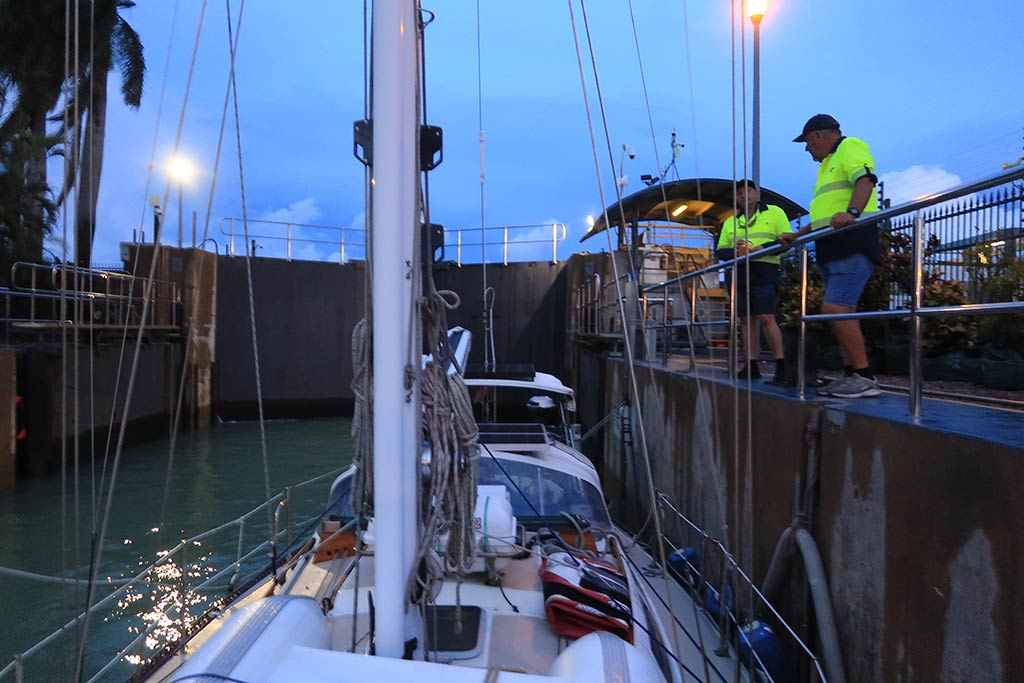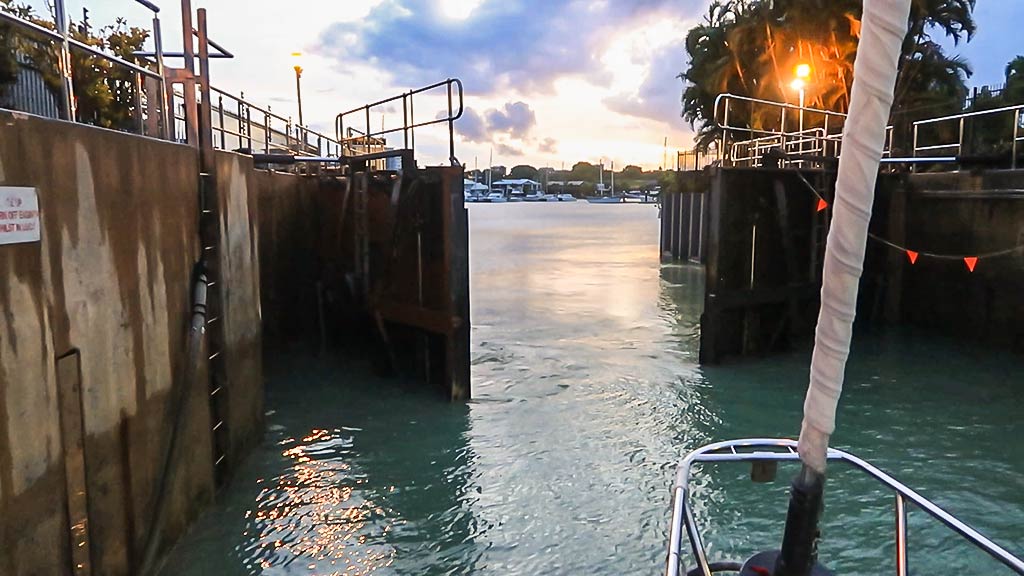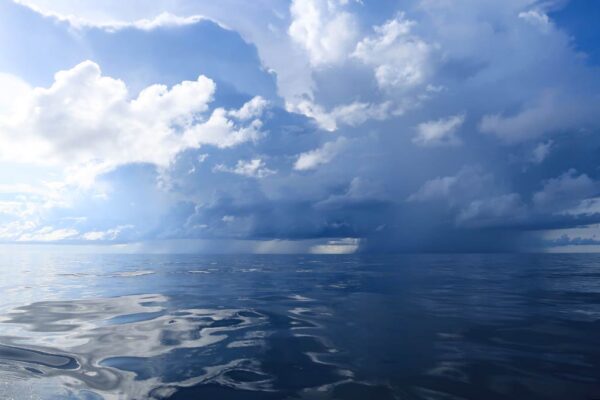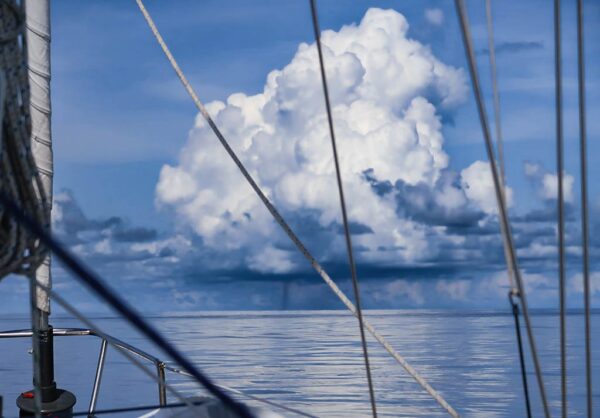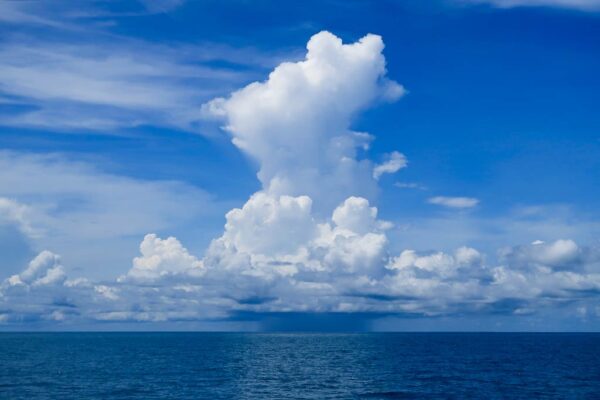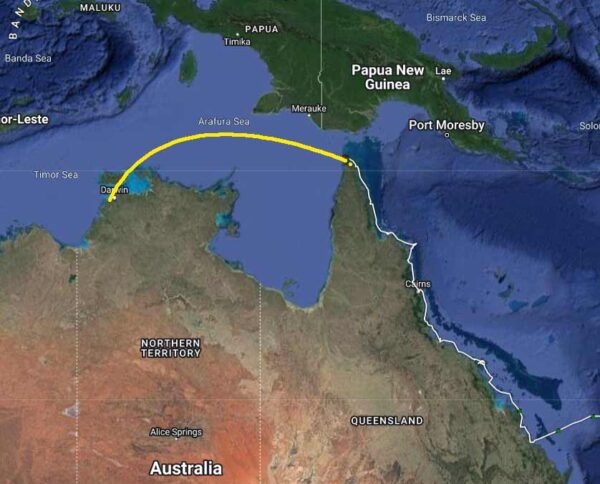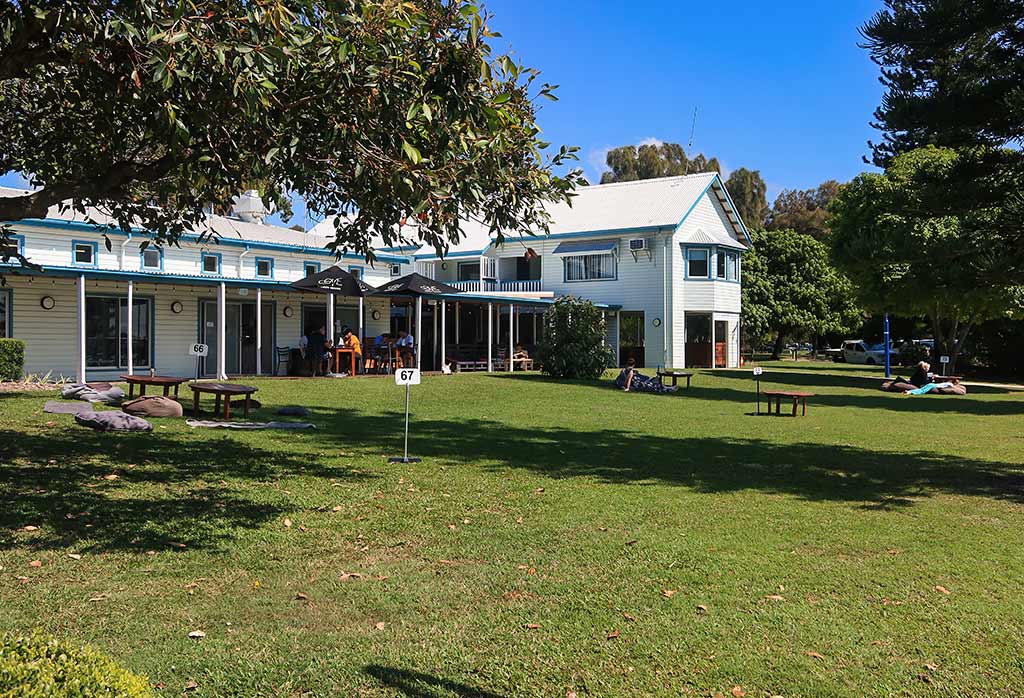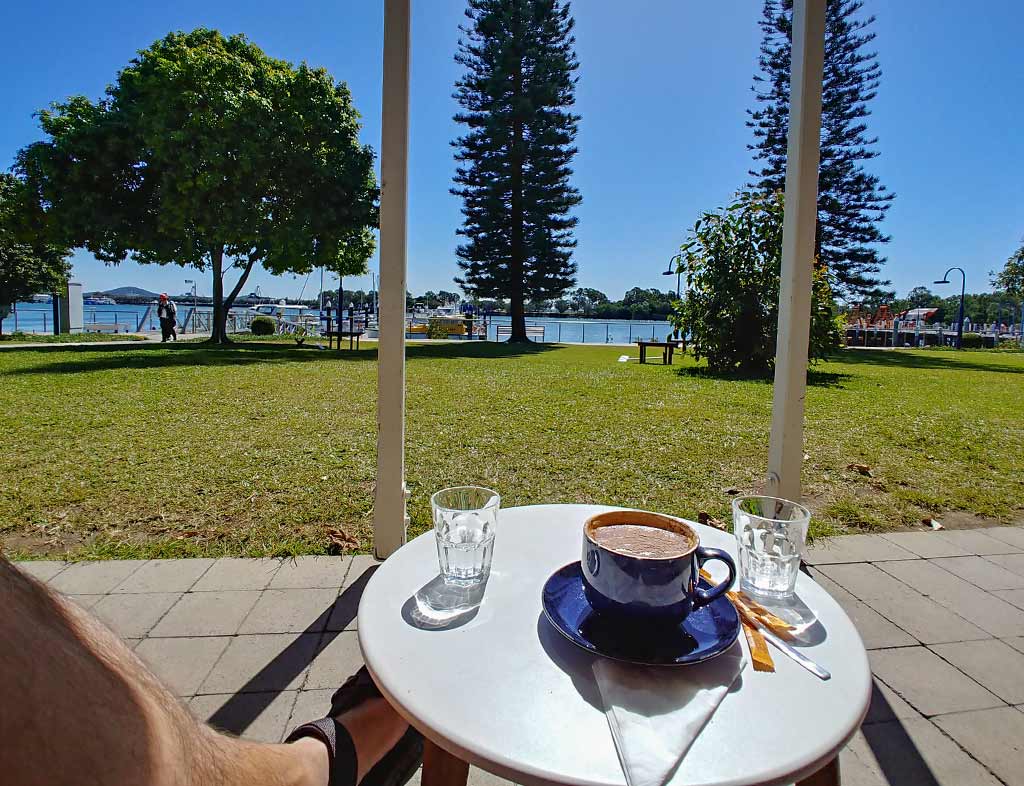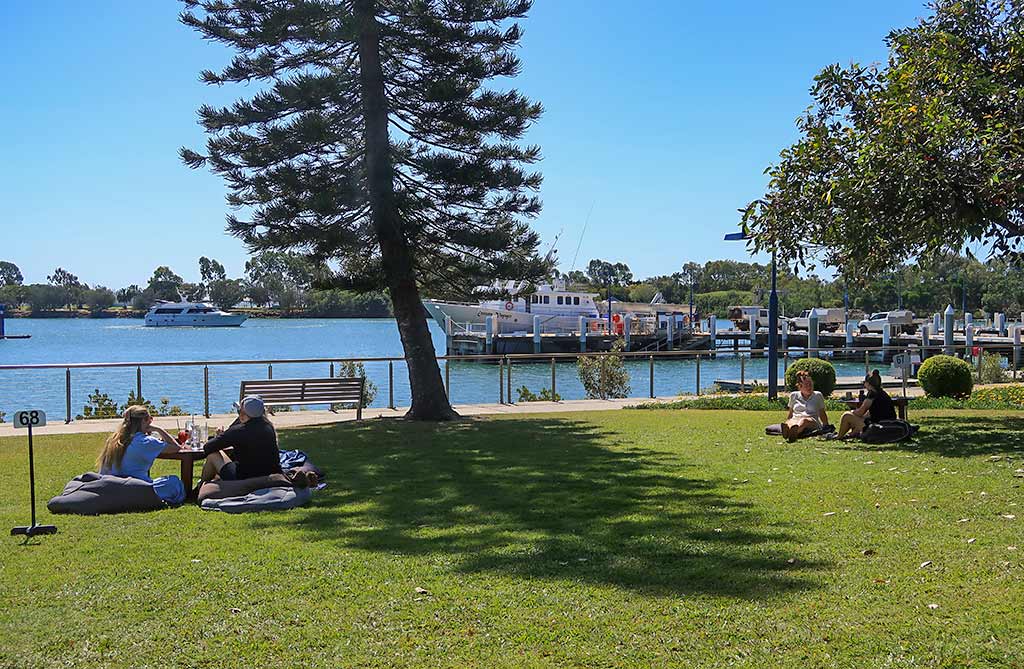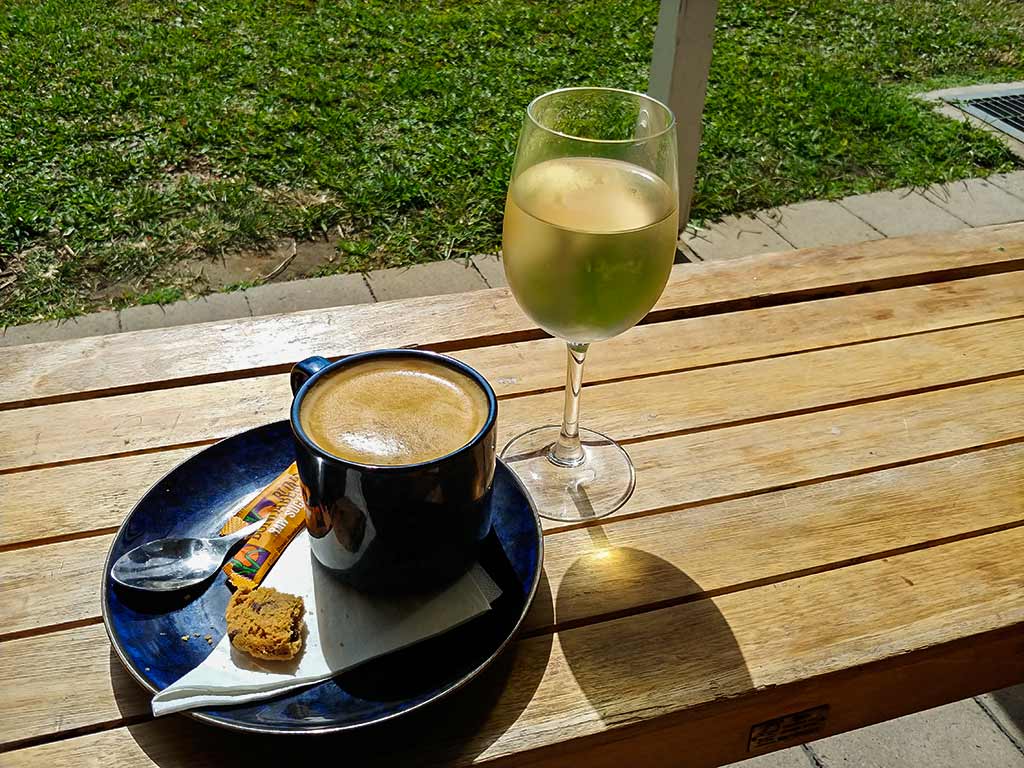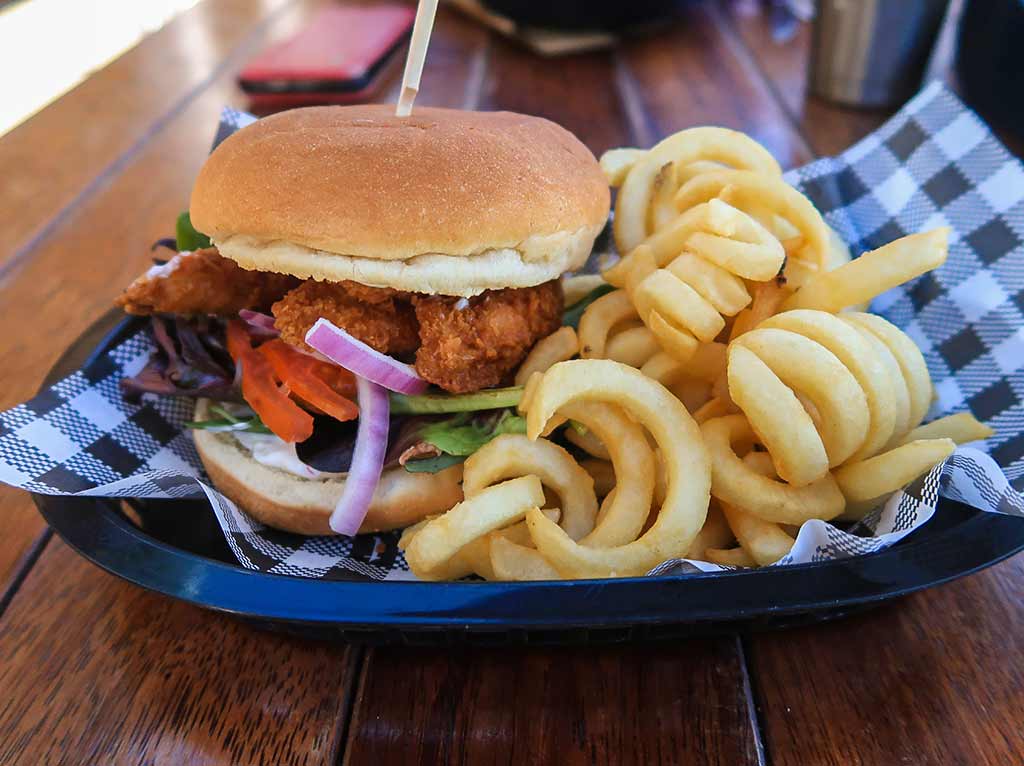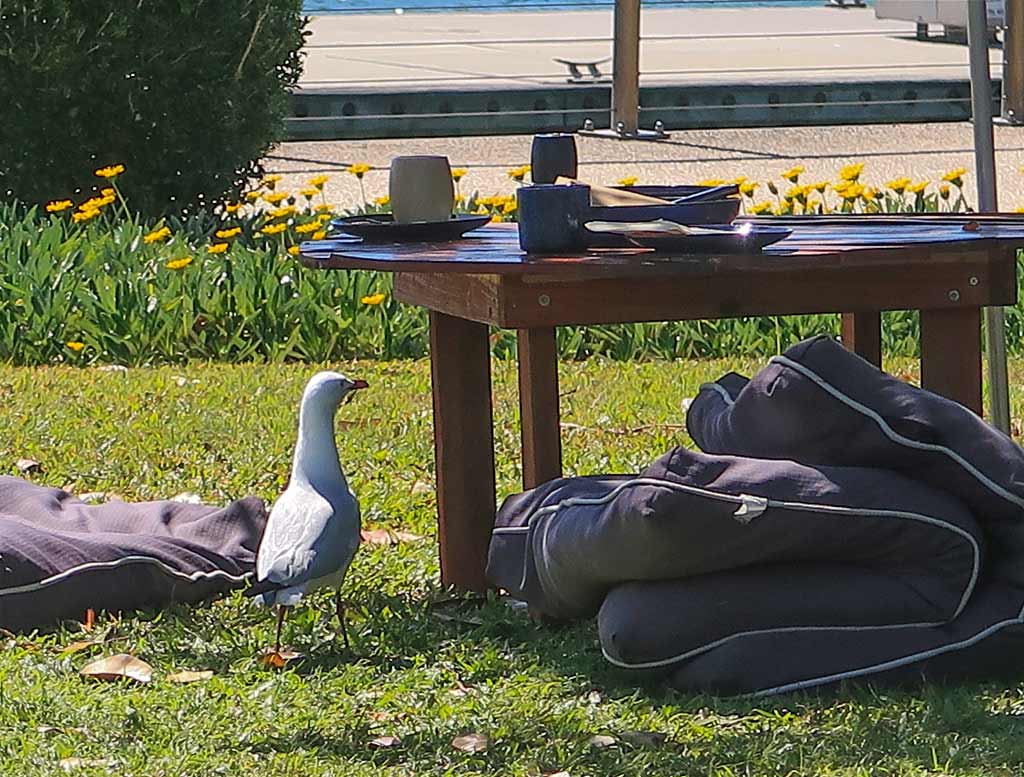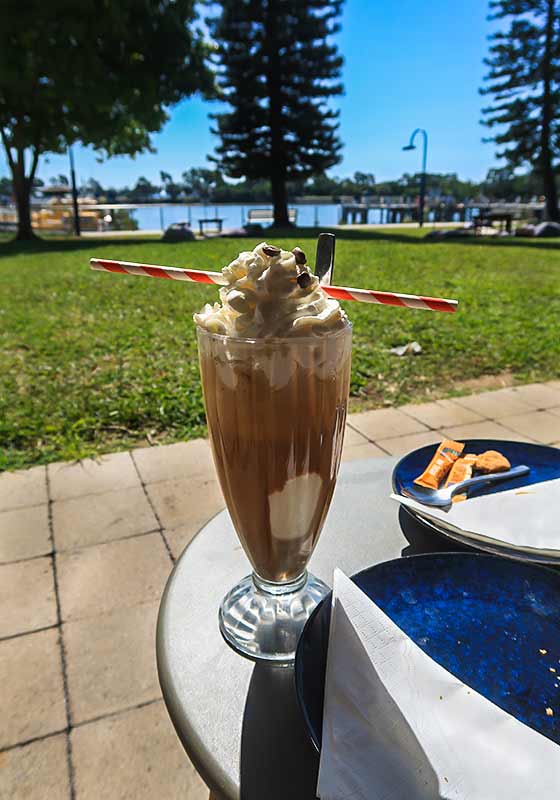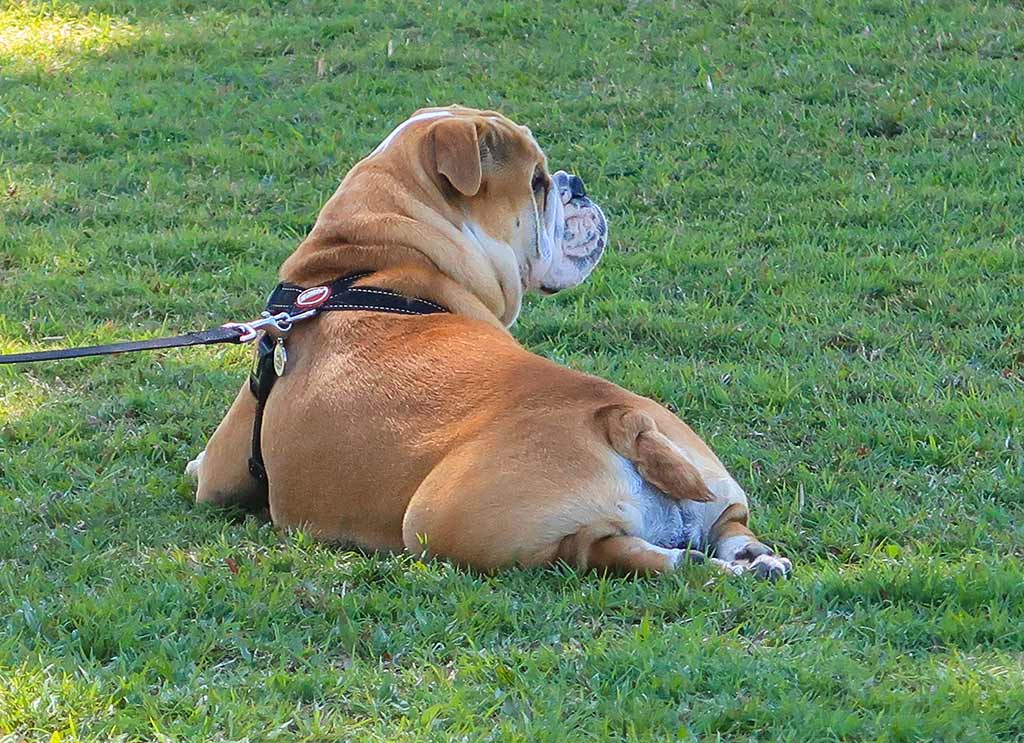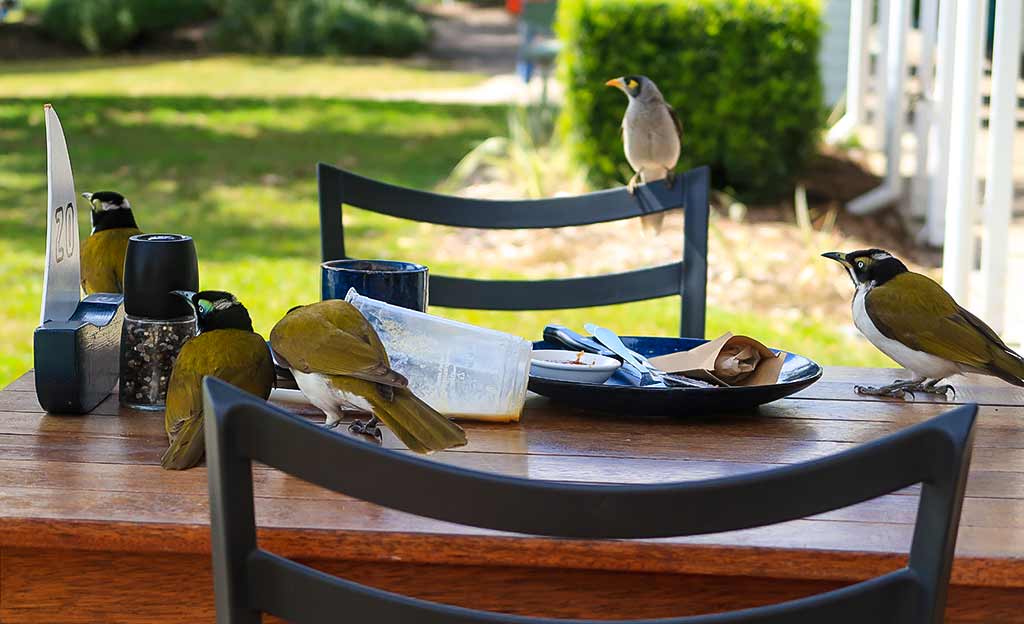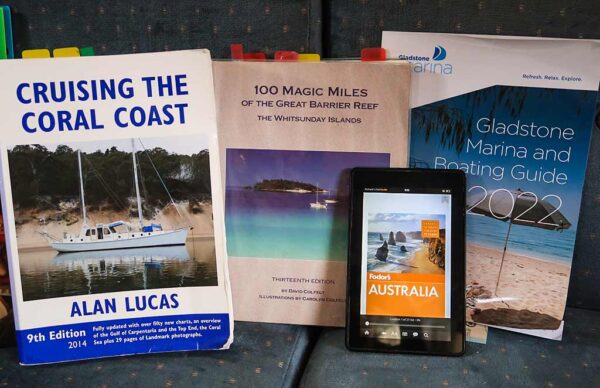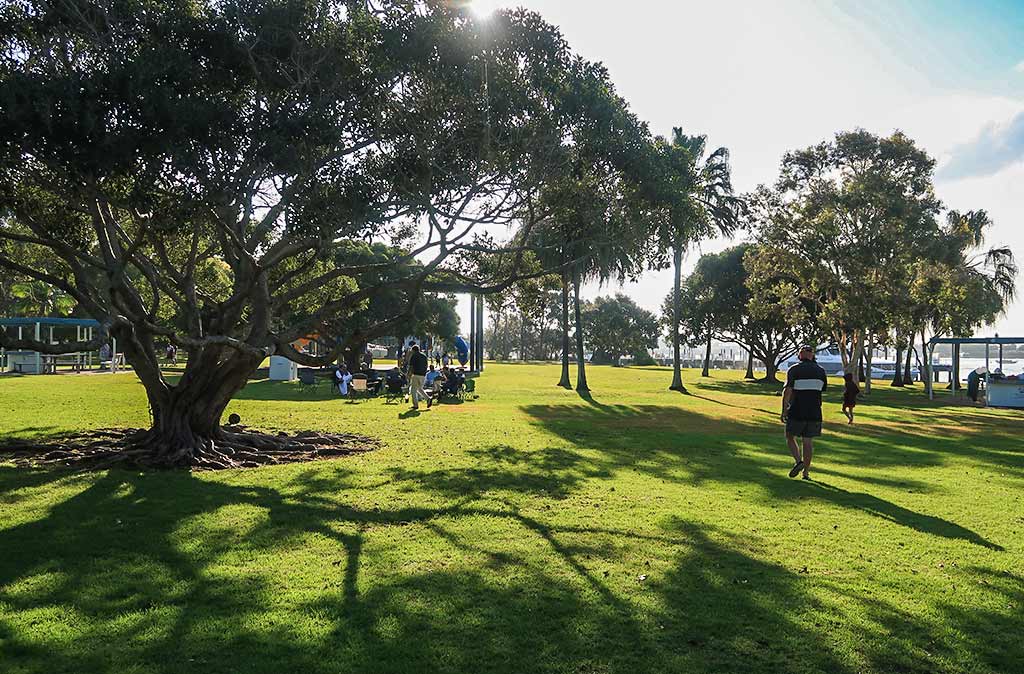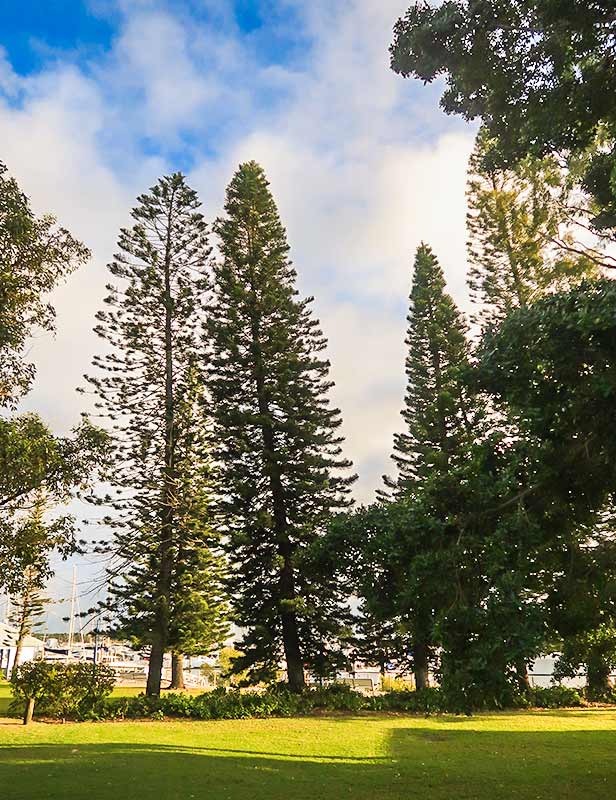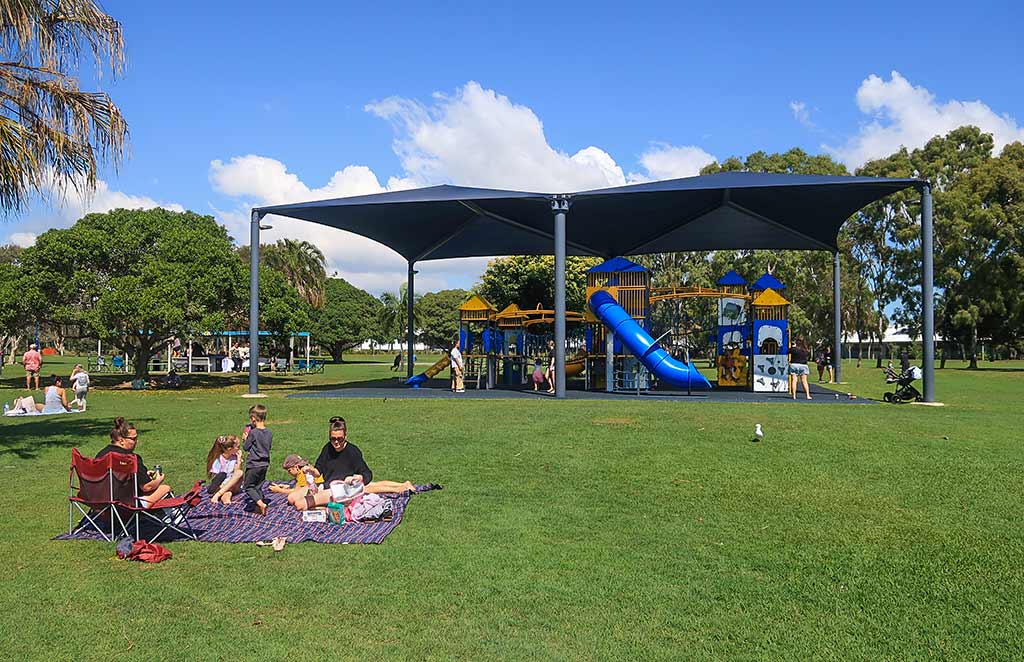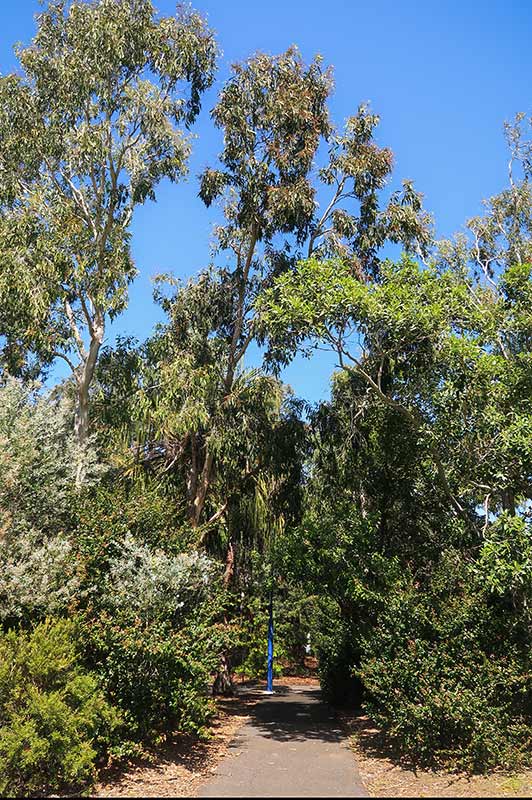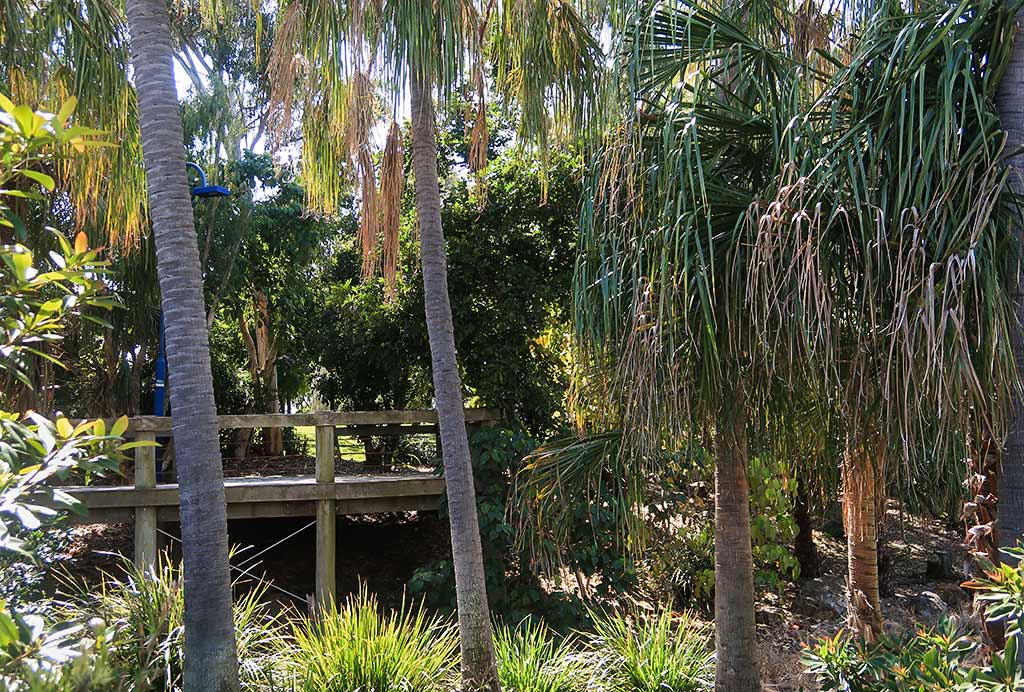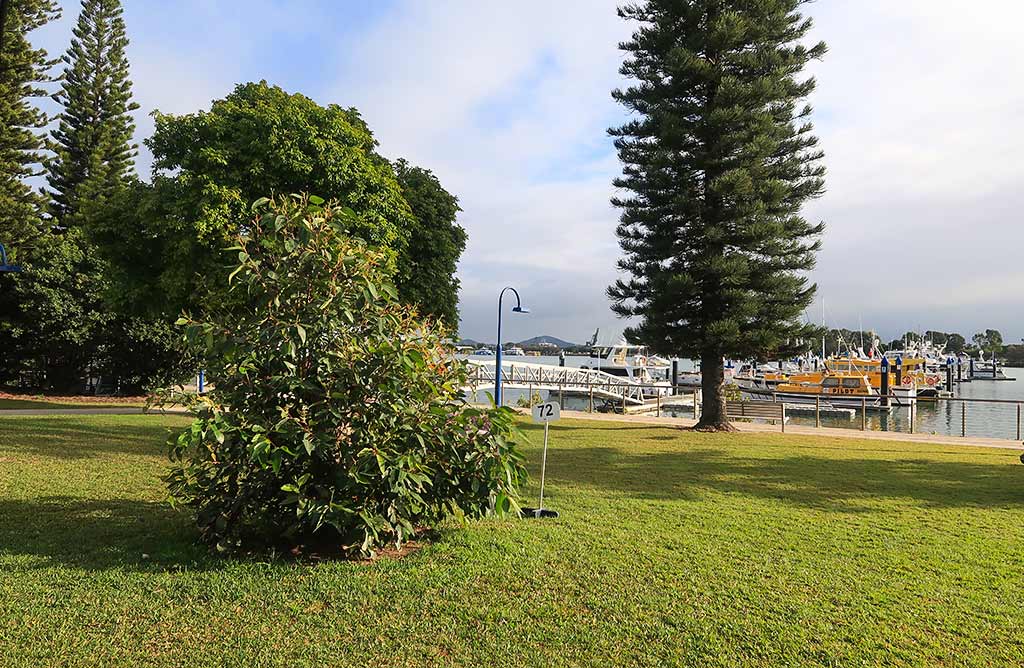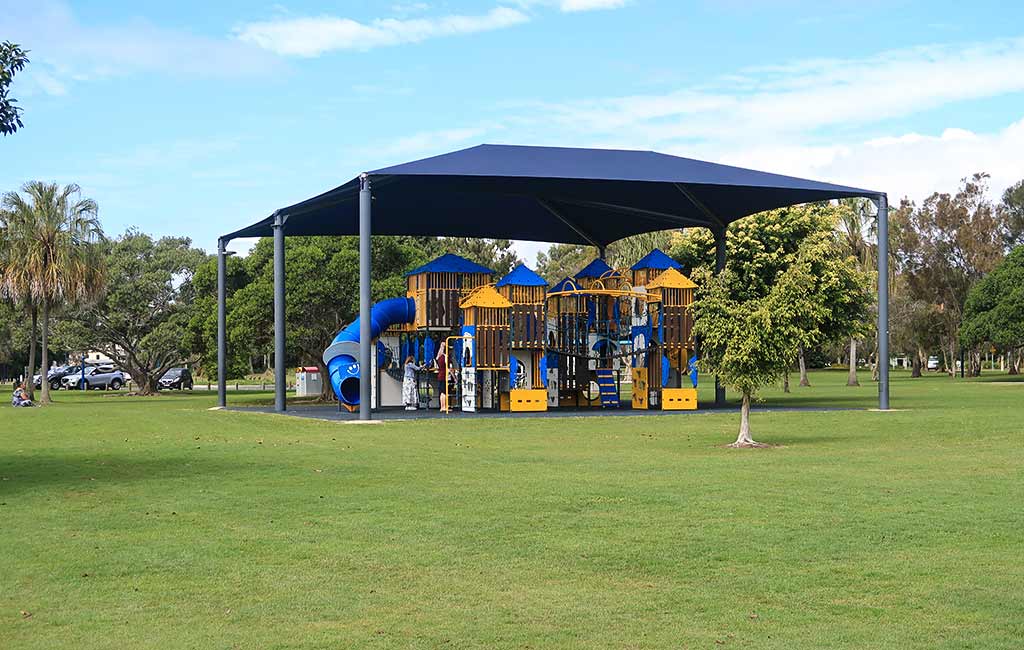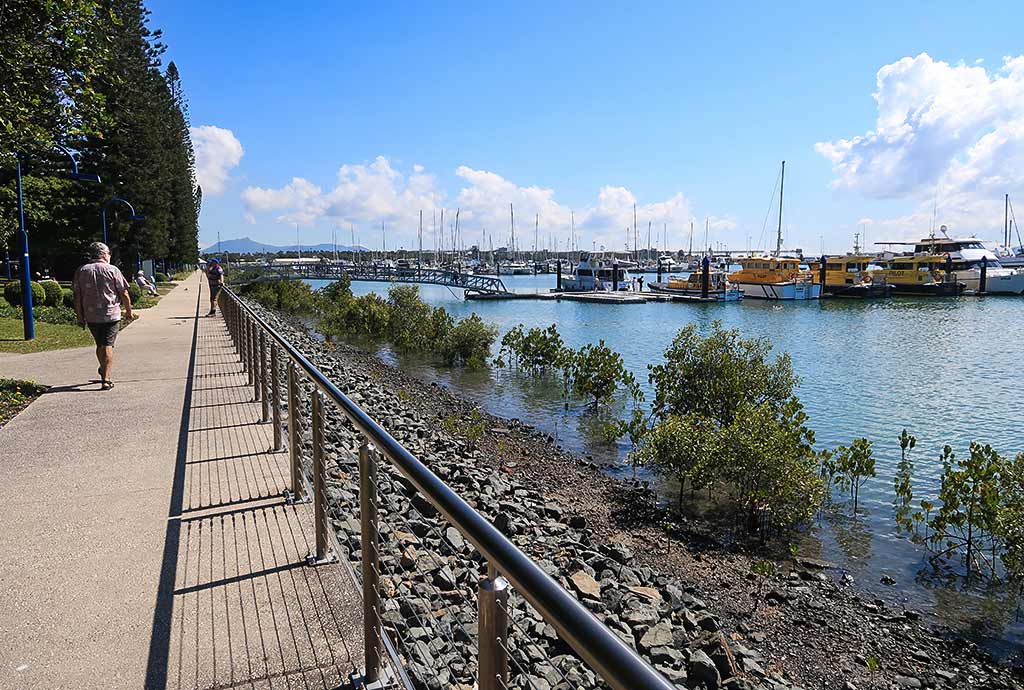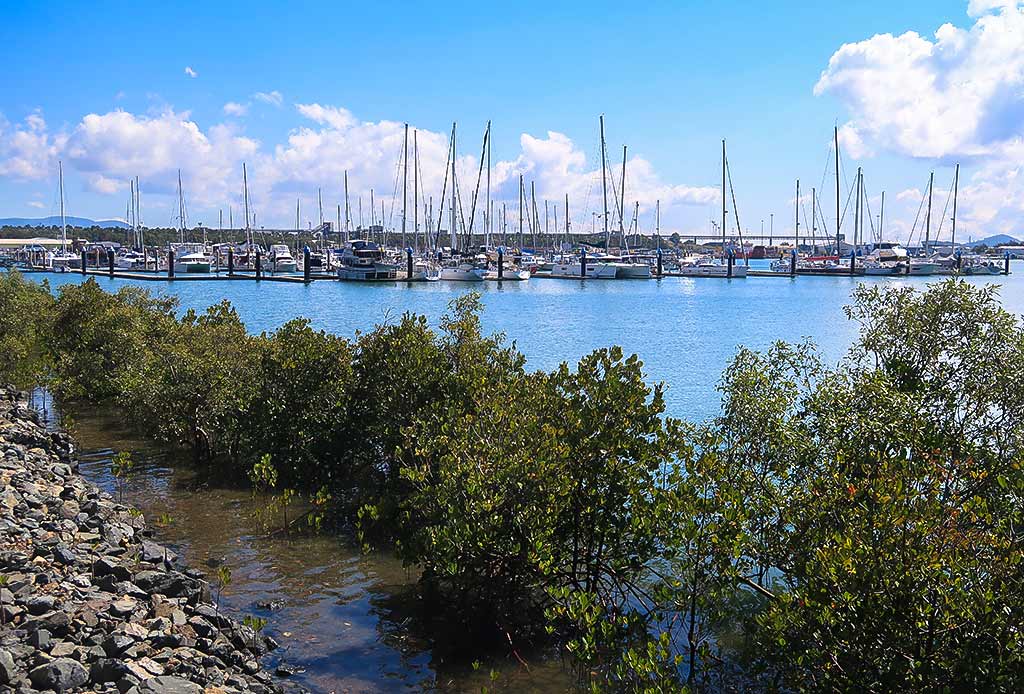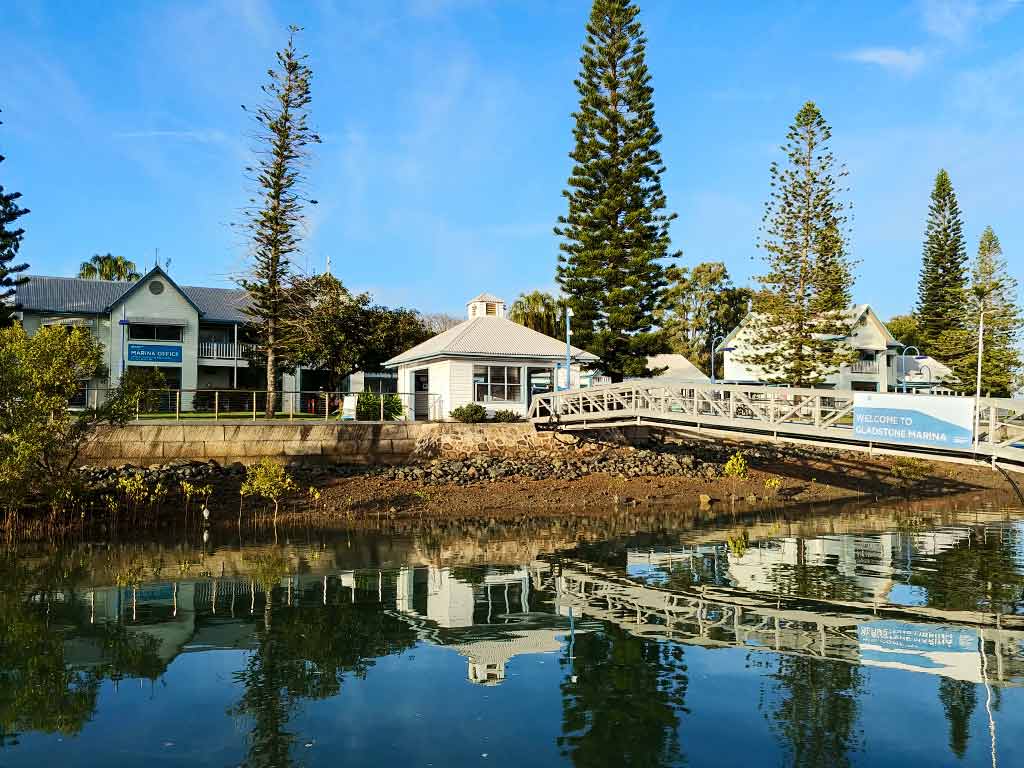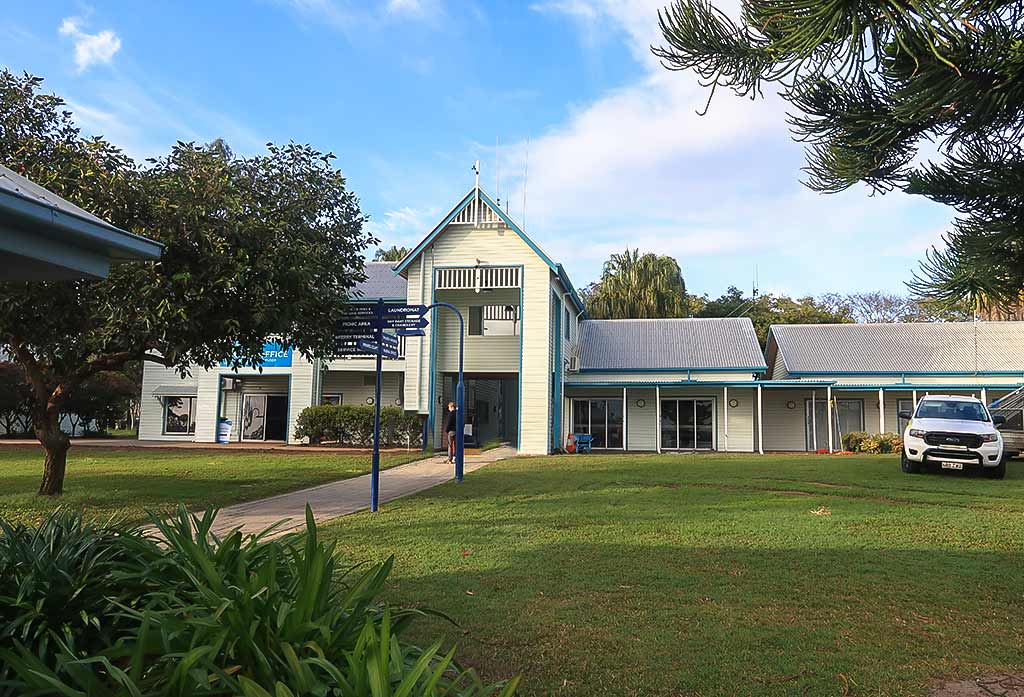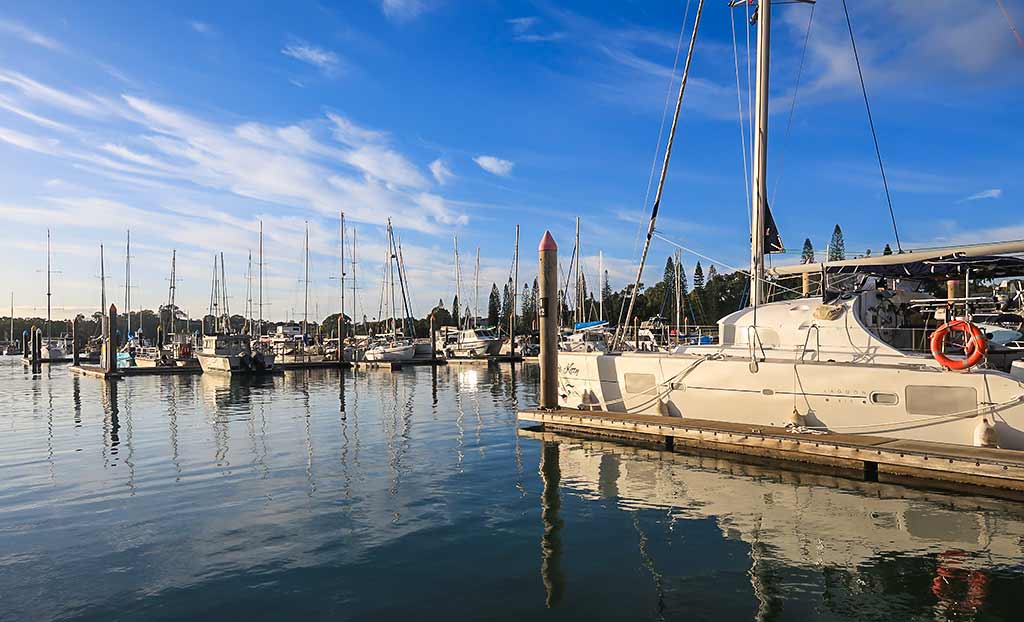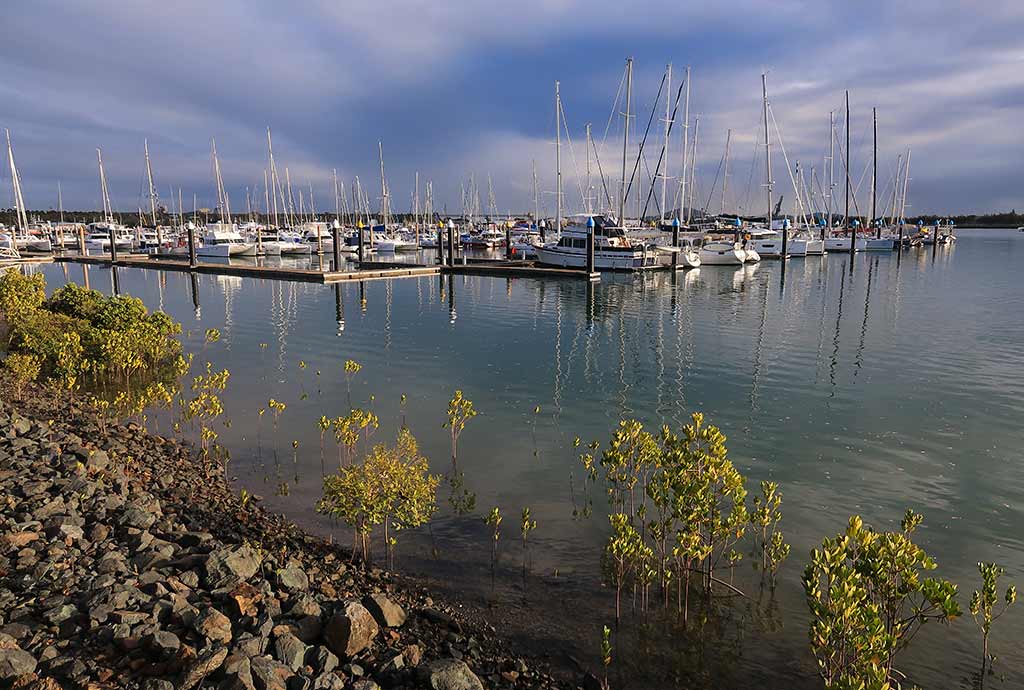Posted December 29, 2022
August 11 – 30, 2022
Australia is a bird-intensive place; so people here have a lot of tolerance for their presence in places like cafes, certain stores (after the birds sneak in), etc. I think Americans are more germ-phobic and apt to shoo birds off. Rich and I, though, enjoy birds and found their antics around the café highly entertaining. Here are the stars of the daily mealtime shows at the café. (Click any photo to enlarge.)
Noisy Miners
Native to Australia, these grey and yellow birds can be assertive about defending their territory and, in some areas, tend to crowd out smaller birds; but the birds around the café all seem to hold their own. I would say of all the birds, these were the most likely to try to steal food while people were still eating it.
Australian Magpies
These are large birds, about the size of crows. Around the café they were merely opportunists, not trying to invade the space of people still eating but waiting for abandoned scraps.
What’s interesting is they can be one of Australia’s most dreaded birds. Why? Because to protect their young, a few become extra aggressive and attack anyone passing too close to their nests. They seem to be especially prone to attacking cyclists but will also go after runners and walkers during what’s called “swooping season.”
When we first arrived in Bundaberg in 2014, we saw people on bicycles wearing the strangest helmets. We could not figure out what sort of strange fashion statement this might be! Soon, we found out they were magpie-repelling helmets, made with cable ties sticking up out of them. Magpies attack from behind, but the hope is they’ll be discouraged by the cable ties and, often, eyes that are painted on the backs of the helmets. From what I read, these measures aren’t all that effective, although the guy in the bottom photo looks as though he wishes he’d used cable ties.
Interestingly, we’d encountered a lot of Australian magpies in New Zealand and never had a problem, or even heard of anyone having problems with them. Certainly we’ve never seen any cyclists wearing a magpie helmet. Something about Australia seems to make wildlife more aggressive, I think. In any case I assume these birds are smart enough not to nest near a busy café.
Australian White Ibis
These strange, prehistoric-looking birds stand approximately 2-feet tall. Ibis are large birds, with long legs. They have white feathers but a black bald head and a long, curved beak.
Our initial encounter with one was during our first visit to Australia. We were sitting in a Pancake House restaurant in the heart of a city on the Gold Coast of Australia. Our booth was next to a large window which looked out onto the sidewalk and street outside. No pedestrians were around, but then this giant weird bird just casually walked by. Taken aback, neither one of us said anything for a few seconds. Then I said, “I guess we’re not in Kansas anymore.”
Since that first sighting, we’ve encountered these birds frequently. They especially love hanging out at public fountains and pools. (Better yet if these places attract people to eat their takeout lunches near the fountain.)
They’re mild-mannered birds, but like the other birds, will take advantage of unattended food and can make pests of themselves by rummaging through garbage bins, thus getting the nickname “bin chickens.”
Like the other birds I’ve already mentioned; some people love them while others consider them a pest.
Blue-Faced Honey Eaters
These birds were our favorite performers. They are quite beautiful, somewhat large birds with olive and white feathers and if mature, brilliant blue round their eyes (if immature the color will be more green or yellowish). They would lie in wait for a table to clear of people, and then swoop in, usually 2 or 3 of them.
Unlike the other birds looking for food scraps, these birds wanted milk-based drinks. In the wild they subsist on insects, berries and nectar; so how they developed such a love of milk I can’t imagine. Adult humans generally like to mix their milk with coffee, which is no problem for the birds as they love coffee with milk drinks of all kinds.
Unlike the other birds I’ve mentioned, everyone seems to like these birds. Well, maybe except for the café staff which has to race them to clear the tables of leftover coffee drinks. The birds generally win the race—I think all that coffee gives them extra pep.
Kookaburras
These birds would show up around the café, but not generally looking for scraps. Instead they were probably making a check of their territories. What we love most about them is their laughing call, a sound distinct to Australia (and probably in the soundtrack to every jungle-setting movie ever made). This call is to let other kookaburras know the bird is claiming its territory; so it’s not unusual to hear two birds in a discussion about this! There is something just endlessly amusing about their call—we even have it as a ringtone on our phone.
Butcher Birds
The butcher bird is a rather large bird, black and white in color and similar to Australian magpies. Like other birds, they are food opportunists but we actually saw more of them hanging around cafes at a marina further north, actually sitting on the backs of chairs next to us waiting to see if we might give them a handout. They are loved in Australia for their distinct haunting call, one of those bird songs considered the sound of Australia.
Australian Ravens
Well, there’s the laughing sound of the kookaburra, the morning call of the magpies, and the haunting song of the butcher birds, but we think the real bird call that represents Australia comes from Australian Ravens.
Their call is distinct and a frankly rather pathetic sounding wah wah waaaah. Our first reaction to hearing this a few years ago was to laugh because, well, it’s pretty funny. And to this day we still chuckle when we hear these birds. And we hear them a lot. They are prolific in Australia and if you watch any given Australian movie or TV show, you can almost be certain you will hear them in the background.
Other Bird Characters in the Park
Magpie Larks
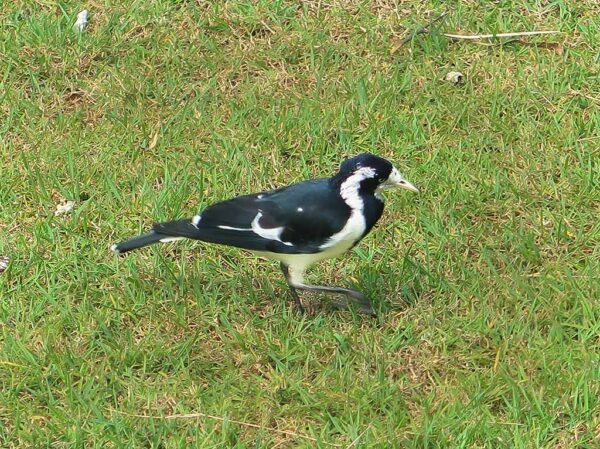
Yet another black-and-white pied bird, this one is easily recognizable because it’s on the small side and generally has light eyes. They are mostly found walking around on the grass and are not at all aggressive about snatching food, but then again they’re not very afraid of humans. You can generally count on running across them on any given walk through a park.
Update: Well, it seems they can be aggressive when it comes to defending their nests. We’re now in north Australia and came across this sign:
Note: If I had written this sign, I think I would have added: “Move to another country” as a final alternative. 😂
Willie Wagtails
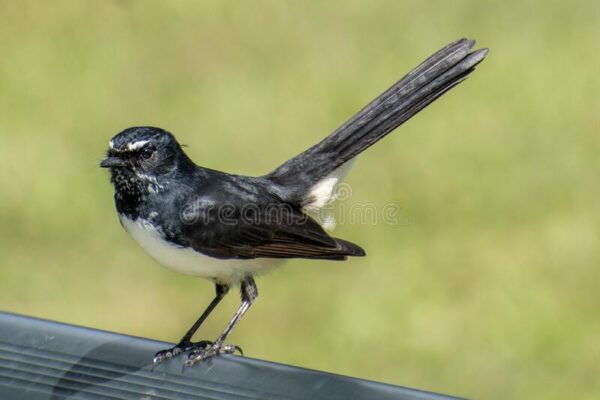
This pretty little black and white bird’s charm is in the way it frequently wags its tail back and forth. Like the magpie larks, their main interest is in foraging for insects in the lawn, not what’s in your picnic basket. Although I have noticed they seem to like perching on boat rigging; so it must be a good place to scout for flying insects. (Thank you Google and dreams time for the photo as it was difficult for me to get a photo of these birds with their rather constant movement.)
Crested Pigeons
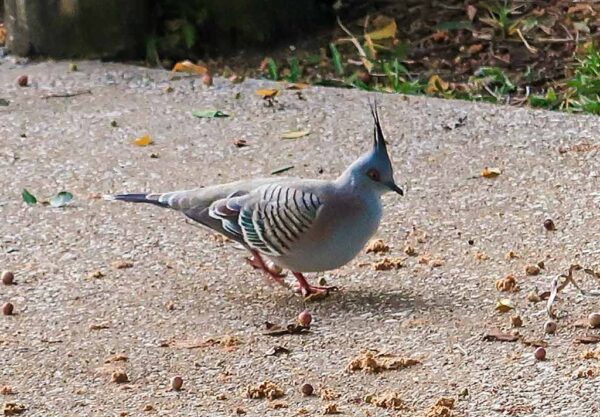
This is another bird that minds its own business, yet doesn’t seem to mind the presence of humans around. They’re fun to spot because of the distinct crest of feathers on their heads.
Parrots!
I have to say Australia has been full of surprises on every visit, and in our 2014/2015 season, the big surprise was realizing this country is full of parrots! Beautiful parrots in many sizes and a riot of colors.
Being American, our experience of parrots had been in zoos or occasionally seeing them as people’s pets. So how wonderful to see flocks of them flying wild and free, and occasionally being friendly enough to hand feed. During our visits here, we’ve seen many types of parrots. But for now I’ll focus on the two species in the park.
Rainbow Lorikeets
First of all, there were the colorful rainbow lorikeets, which actually we were accustomed to seeing in New Caledonia. They are beautiful, colorful birds that tend to travel in flocks. Yet once they get into a tree they are so hard to spot! It seems the more colorful a bird is, the more interest it has remaining hidden by the leafiest areas on top of the tree canopy. Thank you Google for the beautiful public domain photo.
Galahs
Ahhh, our first parrot encounter in Australia was with these beautiful pink and white parrots called galahs. When we excitedly described this bird to an Australian friend, he laughed and explained to us about galahs. It seems they have a reputation for being stupid, and actually calling someone a galah is a way of calling them an idiot or a fool.
Well, it seems there may be fools involved in all this, but it’s not the galahs as they have been proven to be quite intelligent, social birds. It could be that in their earliest interaction with Australian settlers, they were not intimidated by the humans and thus, while the settlers figured they were too stupid to fly away, the galahs were probably just studying the newcomers and laughing among themselves at their strange behavior.
Fig Birds
These lovely birds didn’t hang around the café much, preferring instead the large tree at the top of the ramp to our dock. Every morning they’d be flying all over that tree, chattering excitedly. It was such a treat to make a restroom walk in the morning past all this bird activity. If we were really lucky, we’d get chortling kookaburras, too. Below, a video of the morning bevy of birds.
These birds were so hyper and fast moving it was difficult to get a photo, but I did later get one in a city further north. Not the best photo but it does show the striking red skin around the eyes of a male bird.
Water Birds
I will give special mention to the birds that actually hung out by the water, the little blue heron fishing off the dock and the big white herons fishing near the mangroves. And always, throughout Australia, we enjoy frequent morning visits from the welcome swallows that sit on our lifelines and swoop around our boat.
So this was our bird neighborhood in Gladstone, but it’s a mere smidge of a drop in the bucket compared to all the birds in Australia. Our favorite, the sulfur crested cockatoo, wasn’t in this particular city but we looked forward to seeing them as we made our way north. –Cyndi

